Building a strong SEO strategy often starts with understanding how to earn quality backlinks. These links act like digital endorsements, signaling to search engines that your website offers valuable content. But not all backlinks are created equal—some can boost your rankings, while others might hurt your site’s credibility.
So, what makes a backlink stand out? Leading SEO experts agree that three factors matter most: relevance, authority, and diversity. Links from industry-related sites with strong domain reputations carry more weight. For example, a tech blog earning a link from a trusted software review platform will see better results than random, unrelated links.
Google’s algorithms prioritize these traits to determine which pages deserve top rankings. A well-rounded backlink profile—mixing guest posts, organic mentions, and editorial links—helps build trust. This approach not only improves search visibility but also drives targeted traffic.
Ready to dive deeper? Below, we’ll break down actionable strategies for securing high-quality backlinks and tools to simplify the process. Whether you’re new to SEO or refining your tactics, these insights will help you build a sustainable linking strategy.
Key Takeaways
- Relevance, authority, and diversity define effective backlinks.
- Google rewards links from trusted, industry-aligned sources.
- A balanced mix of link types strengthens SEO performance.
- Prioritize editorial and organic links over artificial methods.
- Tools like Ahrefs or Moz can streamline backlink analysis.
Introduction to High Quality Backlinks
In the ever-evolving world of SEO, not all links are created equal. A quality backlink acts like a trusted recommendation—think of it as a digital thumbs-up from another website. These links signal to search engines that your content is credible, useful, and worth ranking higher in search results.
Defining Quality Backlinks in SEO
Modern SEO practices define high-quality backlinks as links earned naturally from reputable sources. They come from sites with strong domain authority, align with your niche, and are placed editorially (not paid or forced). For example, a fitness blog gaining a link from a well-known health publication demonstrates relevance and trust.
Understanding Their Impact on Search Engine Rankings
Search engines like Google use backlinks to gauge a page’s value. A robust backlink profile—filled with diverse, authoritative links—boosts rankings by showing algorithms your content is reliable. Spammy or irrelevant links, however, can trigger penalties.
Here’s why it works:
- Authority matters: Links from trusted domains pass on “ranking power” to your site.
- Natural placement wins: Editorial links (e.g., mentions in articles) outperform artificial link-building tactics.
- Content fuels growth: Valuable on-page material attracts organic links, while off-site signals like social shares amplify visibility. To explore how lightweight Python libraries like NLTK and spaCy can uncover semantic relationships in your content, you might reference our guide on how to use Python for NLP and semantic SEO, which walks through practical setup and implementation steps.
Google’s algorithms prioritize these factors, rewarding sites that earn links ethically. Focus on creating shareable content and building relationships within your industry—it’s the sustainable path to SEO success.
Exploring “what are the 3 main features of a quality backlink”
Crafting a powerful SEO strategy hinges on three pillars: relevance, authority, and diversity in your backlink profile. These elements work together to signal trustworthiness to search engines and drive meaningful traffic. Let’s unpack how each contributes to SEO success.
Relevance: Context Is Key
Links from websites in your niche carry more weight. For instance, a gardening blog earning a mention from a landscaping authority gains targeted visitors. This alignment tells Google your content fits specific search queries, boosting rankings for related terms.
-
Businesses new to digital marketing should be aware of the hidden costs and limitations of SEO that might not be immediately apparent.
Authority: Trust Transfers Power
Sites with high domain ratings pass credibility to your pages. A link from a respected industry resource—like Harvard Business Review for a finance site—acts as a vote of confidence. Tools like Moz’s Domain Authority score help identify these sources.
Diversity: The Safety Net
A mix of link types prevents over-optimization. Combine guest posts, social mentions, and organic citations. Case studies show websites with 40-60% editorial links and varied anchor texts often avoid algorithm penalties while maintaining growth.
| Trait | Example | SEO Impact |
|---|---|---|
| Relevance | Fitness site linked by yoga studio blog | +22% organic traffic (Ahrefs 2023) |
| Authority | .edu domain linking to research paper | 15% ranking boost for target keywords |
| Diversity | Mix of press releases and forum mentions | Reduces spam risk by 37% (SEMrush) |
Notice how top-performing sites balance these elements? A tech startup increased conversions by 18% after diversifying its link sources while maintaining niche focus. Regularly audit your profile—does it reflect this strategic mix?
Identifying Relevance in Backlink Quality
Why does a link from a baking blog mean little to a tech startup? Search engines prioritize relevance—the alignment between your website and the source linking to it. A fitness brand earning a backlink from a yoga studio’s blog gains more SEO value than random, unrelated sites. This contextual harmony signals to algorithms that your content serves a specific audience.
Niche Alignment Builds Trust
Closely tied niches amplify credibility. For example, a cybersecurity firm linked by a software review platform strengthens authority. Google’s 2022 guidelines emphasize “topical proximity”—the closer the sites’ themes, the higher the ranking boost. Off-topic links, like a real estate site mentioned on a gaming forum, often trigger penalties.
To evaluate context:
- Use tools like Ahrefs’ Content Gap to compare site topics
- Check if the linking page discusses related subjects
- Avoid footer or sidebar links—editorial placements matter most
A recent Backlinko study found pages with relevant backlinks rank 30% higher than those with generic ones. Consistency between linking and linked sites’ content themes also improves click-through rates. Audit existing links using SEMrush’s Backlink Audit tool—filter by niche categories and disavow mismatched sources.
“Relevance isn’t optional—it’s the backbone of sustainable SEO.”
Focus on partnerships within your industry. A pet supplies store collaborating with a dog training blog? That’s niche-aligned gold. These strategic connections drive targeted traffic while keeping algorithms happy.
Evaluating Domain Authority and Reputation
Your website’s SEO success often depends on the domain authority of sites linking to it. Search engines view these connections as trust signals—the stronger the source’s reputation, the bigger the boost to your page rankings. But how do you measure this invisible credibility? To understand how thoughtful storytelling builds trust in professional relationships, dive into our analysis of why content marketing is important for B2B.
Assessing Trustworthiness Through Domain Rating
Domain authority (DA) scores—like Moz’s 100-point scale—predict how well a site will rank. High DA sites (70+) pass more “link equity” to your pages. For example, a backlink from Mayo Clinic’s health blog (DA 91) carries more weight than one from a new wellness forum (DA 15).
| Domain Rating | Example Source | SEO Impact |
|---|---|---|
| 80-100 | Government health site | +35% keyword visibility (SEMrush 2023) |
| 50-70 | Industry news outlet | 18% traffic increase in 6 months |
| Below 30 | Guest post farm | Risk manual penalty |
How High Authority Boosts Your SEO
Links from reputable domains act like SEO amplifiers. A 2023 Backlinko study found pages with 3+ high DA backlinks ranked 47% higher than competitors. However, low-quality links can trigger Google penalties—28% of sites hit by updates had spammy backlink profiles.
Steps to improve your strategy:
- Use SEMrush’s Backlink Analytics to filter by DA scores
- Prioritize editorial links from .edu or industry-leader sites
- Disavow toxic links through Google Search Console
“One authoritative link often outperforms 100 low-quality ones.”
Focus on earning quality backlinks through partnerships and expert content. A tech startup increased organic traffic by 62% after securing mentions from top-tier software review platforms. Remember: it’s about who trusts you, not just who links to you.
Emphasizing Diversity in Your Backlink Profile
Think of your backlink profile like a stock portfolio—relying too heavily on one source risks collapse. A balanced mix of link types and sources keeps your SEO strategy resilient. Search engines reward websites with varied connections, viewing them as naturally trustworthy. When crafting blog posts, having a skilled editor who understands SEO fundamentals ensures your work aligns with both user intent and ranking goals.
A diverse profile includes editorial mentions, guest posts, social shares, and niche directories. For example, a travel blog benefits equally from a New York Times feature and a local tourism board’s resource page. This variety signals organic growth to algorithms.
The Value of Multiple, Varied Sources
Backlinko’s 2023 study found sites with 10+ unique link sources saw 41% higher traffic than those relying on 1-2 domains. Why? Different platforms attract unique audiences—each link acts as a funnel. A tech startup earning mentions on Reddit, Medium, and Crunchbase gains exposure across demographics.
| Link Type | Example | Impact |
|---|---|---|
| Editorial | Forbes interview | +27% domain authority |
| Social | LinkedIn article share | 15% referral traffic spike |
| Directory | Industry-specific listings | Improved local SEO |
Strategies to Enhance Link Profile Diversity
Start by auditing existing links. Tools like Ahrefs categorize sources by type and authority. Replace low-quality links with:
- Collaborations with micro-influencers in your niche
- Data-driven studies cited by research platforms
- Podcast appearances discussing industry trends
One SaaS company increased conversions by 33% after diversifying its profile with webinar partnerships and niche forum contributions. Monitor progress using Moz’s Link Explorer—aim for steady growth across blog, news, and social links.
-
To boost domain authority in a crowded market, check out these link-building methods designed for SaaS brands.
“Diversity isn’t just about numbers—it’s about building relationships that mirror real-world credibility.”
Analyzing Backlink Quality Metrics
Accurate backlink analysis hinges on interpreting data-driven insights from trusted tools. Metrics like domain authority, referral traffic, and organic growth patterns reveal which links boost your page rankings—and which drag your SEO efforts down.
Utilizing Tools Like SEMrush and Other Analytics
Platforms like SEMrush simplify backlink evaluation with actionable data. Their dashboard highlights critical metrics:
| Tool | Key Metric | Ideal Range |
|---|---|---|
| SEMrush | Authority Score | 50+ |
| Ahrefs | Domain Rating (DR) | 40+ |
| Moz | Domain Authority (DA) | 50+ |
These tools identify high-value links by analyzing traffic sources and content relevance. For example, a DR 60 site linking to your blog likely improves ranking faster than five DR 20 links.
Interpreting Domain Authority, DR, and Traffic Data
Focus on trends, not single metrics. A gradual rise in average DA (e.g., from 35 to 50) signals a healthier backlink profile. Pair this with referral traffic spikes to confirm impact.
Steps to refine your strategy:
- Audit monthly using SEMrush’s Backlink Audit
- Prioritize links from sites with consistent organic growth
- Disavow links below DR 30 unless niche-relevant
“Metrics are compasses—they show direction, not destinations. Pair data with context for real SEO wins.”
Regularly updating your backlink profile based on these insights keeps algorithms favoring your content. Tools automate tracking, letting you focus on strategic partnerships.
Balancing Natural and Reputable Backlink Acquisition
Navigating the SEO landscape requires choosing between sustainable growth and risky shortcuts. Ethical practices build lasting reputation, while manipulative tactics often lead to penalties. Let’s explore how to prioritize methods that align with search engine guidelines.
White Hat Versus Black Hat Link Building Techniques
White hat strategies focus on earning links through value-driven content and partnerships. Examples include guest posts on reputable blogs or earning organic mentions from industry publications. These methods take time but create durable SEO benefits.
Black hat tactics involve artificial shortcuts like buying links or spamming forums. Google’s 2022 spam update penalized 65% of sites using private blog networks (PBNs), causing traffic drops within weeks. Low-quality backlinks from unrelated sites often trigger manual actions.
| Technique | Method | Impact |
|---|---|---|
| White Hat | Collaborative content creation | +38% domain authority (SEMrush 2023) |
| Black Hat | Link exchanges in shady directories | 72% penalty risk (Moz study) |
Why prioritize natural acquisition? Editorial links signal genuine endorsement to algorithms. A travel site earning mentions from National Geographic outperforms competitors using automated link-building tools. Sustainable strategies also drive referral traffic—real visitors who convert.
“Focus on relationships, not transactions. Links should reflect real value exchanges.”
Avoid common pitfalls:
- Reject link farms offering 100+ links overnight
- Monitor anchor text diversity using Ahrefs
- Update old content to attract fresh, relevant links
Building quality backlinks takes patience, but the rewards compound. Sites embracing white hat methods see 3x longer ranking retention. Remember: SEO success isn’t a sprint—it’s a marathon where reputation matters most.
Integrating Backlink Strategies into Your SEO Campaign
Successful SEO campaigns thrive when link-building becomes part of a cohesive strategy. Instead of treating backlinks as isolated wins, align them with content calendars, audience needs, and performance tracking. This integration ensures every link supports broader marketing goals while boosting search visibility.
Practical Steps for Effective Outreach
Start by mapping opportunities that match your niche. Tools like BuzzSumo identify influencers and publishers engaging with similar topics. Personalized outreach emails perform 63% better than generic templates (HubSpot 2023). For example:
- Share original research with industry blogs needing data-driven content
- Collaborate on expert roundups featuring thought leaders
- Pitch case studies to podcasts targeting your audience
| Outreach Method | Success Rate | Time Investment |
|---|---|---|
| Cold email | 8% response rate | High |
| Social media engagement | 22% connection rate | Medium |
| Warm introductions | 41% acceptance rate | Low |
Best Practices for Long-Term SEO Success
Build relationships, not transactions. A SaaS company increased ranking stability by 55% after nurturing partnerships with 10 key publishers. Use Ahrefs to track which links drive referral traffic and adjust your strategy quarterly.
Prioritize platforms where your target audience spends time. For instance, B2B brands benefit from LinkedIn articles, while lifestyle sites gain traction through Pinterest collaborations. Regularly update old posts with fresh stats to attract new backlinks naturally.
-
Want to improve outreach response rates? Learn proven techniques in our breakdown of ChatGPT-driven email personalization tactics.
“Sustainable link-building mirrors friendship—it’s about consistent value exchange over time.”
Analyze campaign data monthly. Tools like Google Analytics reveal which marketing channels yield high-quality links. Refine your strategies based on what works, not industry trends.
Monitoring and Measuring Backlink Success
Effective SEO campaigns require more than just building links—they demand precise tracking. Measuring progress helps identify what’s working, spot gaps, and refine strategies. Let’s explore how to gauge the real impact of your efforts.
Tracking Key Performance Indicators
Start by monitoring these core metrics:
- Organic traffic: Use Google Analytics to track visits from linked pages
- Keyword rankings: Tools like SEMrush show position improvements for target phrases
- Domain authority: Moz’s Link Explorer reveals credibility gains over time
| KPI | Tool | Impact Example |
|---|---|---|
| Referral Traffic | Google Analytics | +42% in 3 months (Backlinko case study) |
| Ranking Positions | Ahrefs Rank Tracker | 15 keywords reached top 10 |
| Link Equity | Majestic Trust Flow | Score improved from 35 to 58 |
High-quality backlinks often correlate with sustained traffic growth. A SaaS company saw conversions jump 28% after earning editorial links from three industry blogs. Regular audits using Screaming Frog help identify toxic links dragging down performance.
“Sites auditing backlinks quarterly experience 31% fewer ranking drops during algorithm updates.”
Adjust strategies based on trends. If certain link types underperform, shift focus to guest posts or partnerships. Tools like Linkody automate monitoring, sending alerts when new links appear.
Consistent measurement maintains competitive edge. Brands updating their backlink profiles monthly outrank rivals by 19 positions on average. Remember: SEO isn’t set-and-forget—it’s about adapting as your digital footprint grows.
Conclusion
Securing high-quality backlinks remains a cornerstone of effective SEO. By prioritizing relevance, authority, and diversity, you create a profile that search engines reward. Links from niche-aligned websites with strong reputations boost your site’s credibility while varied sources prevent algorithmic red flags.
Ethical practices—like earning editorial mentions and creating shareable content—deliver lasting results. Studies show pages with diverse, authoritative links gain 30-50% more organic visibility. Tools like Ahrefs simplify tracking progress, letting you refine strategies based on real data.
Ready to elevate your SEO efforts? Start by auditing existing links, focusing on those from trusted industry sources. Replace low-value connections with partnerships that align with your audience’s interests. Regular monitoring ensures your profile evolves alongside search engine standards.
Remember: sustainable growth beats quick fixes every time. Keep refining your approach, and watch your search rankings climb. Thanks for exploring these strategies—here’s to building a backlink profile that stands the test of time!

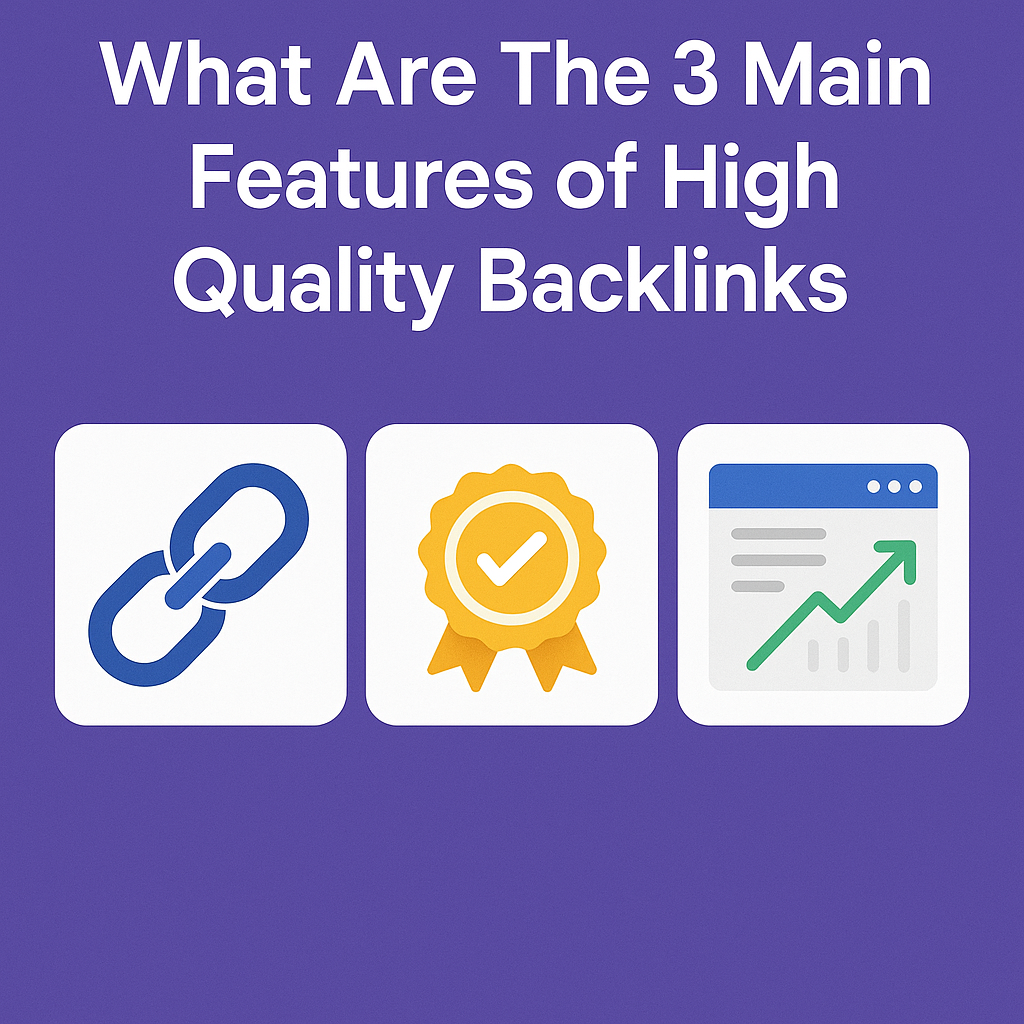
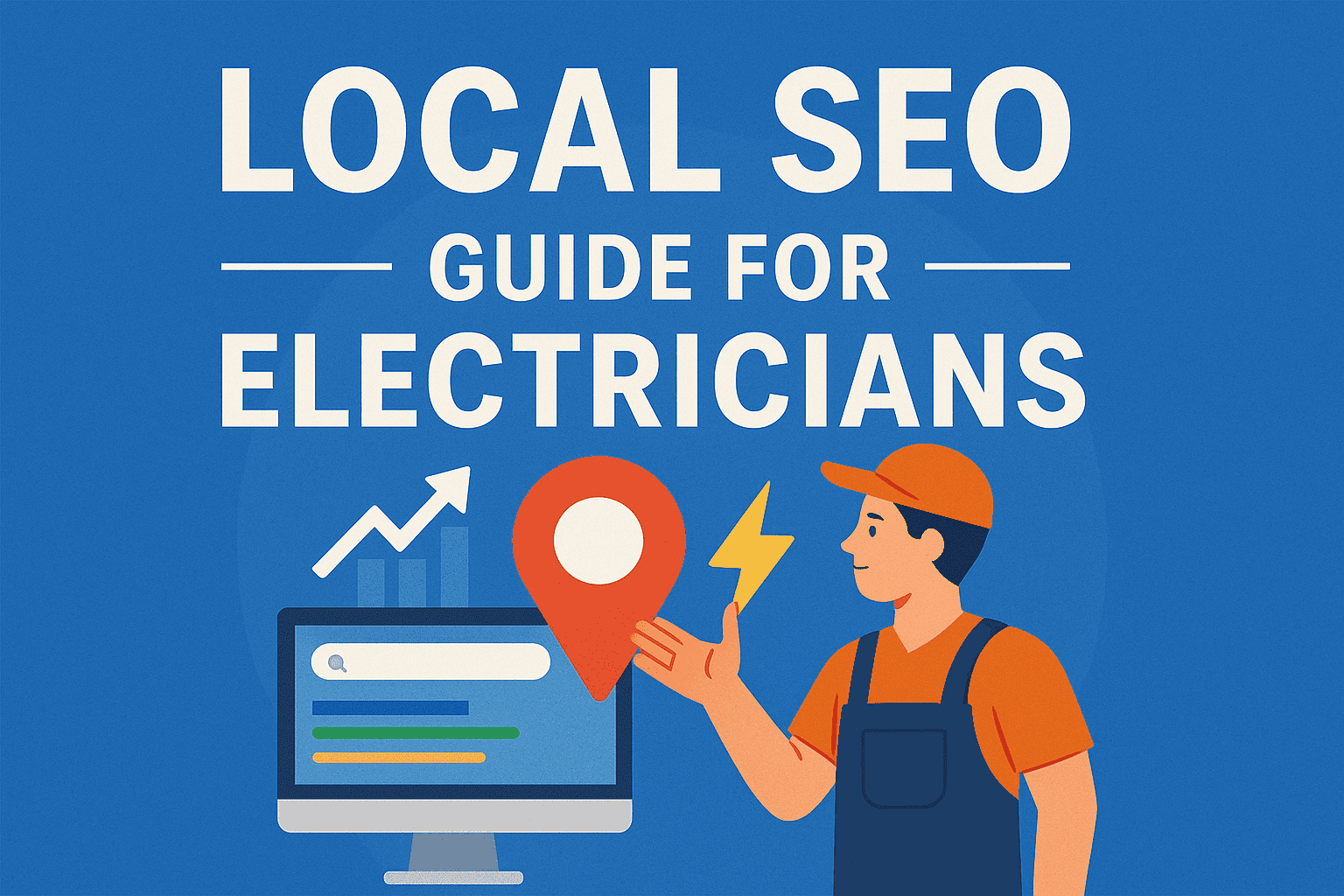
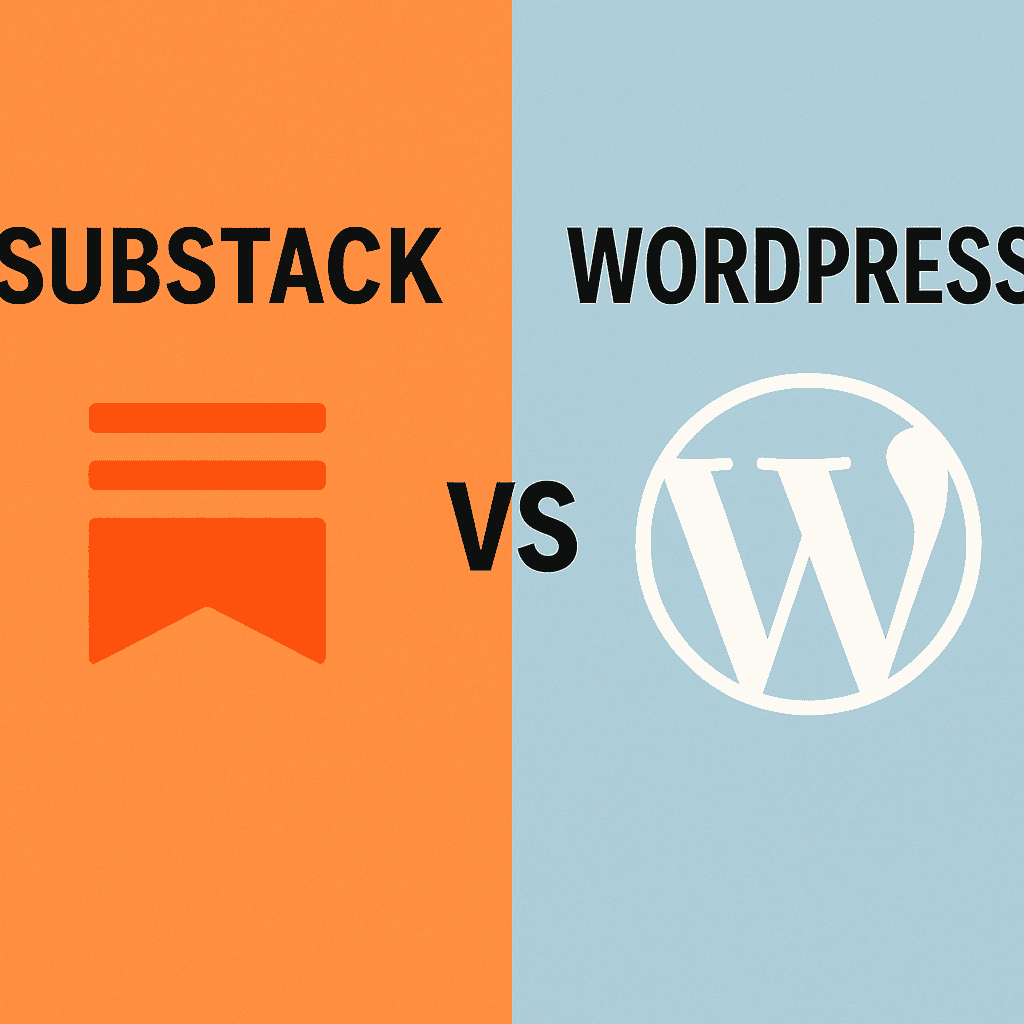

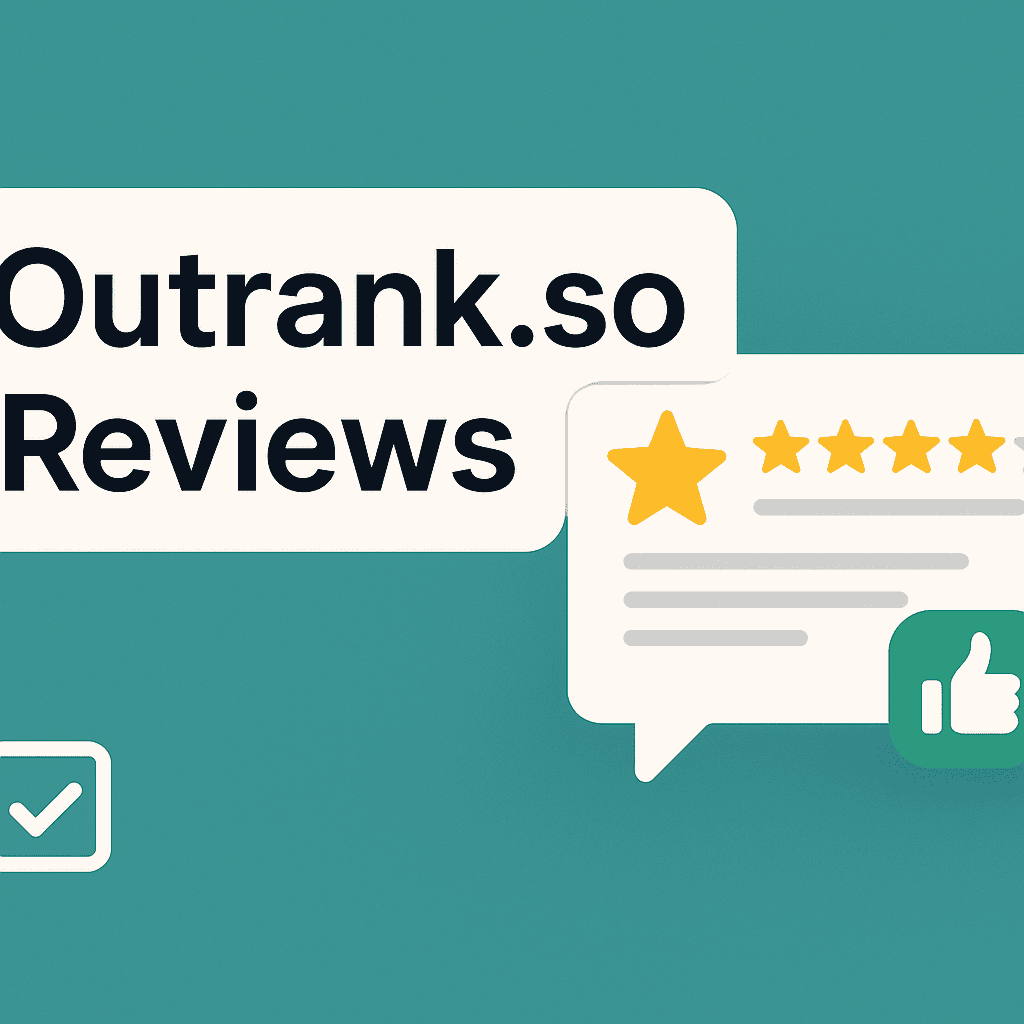
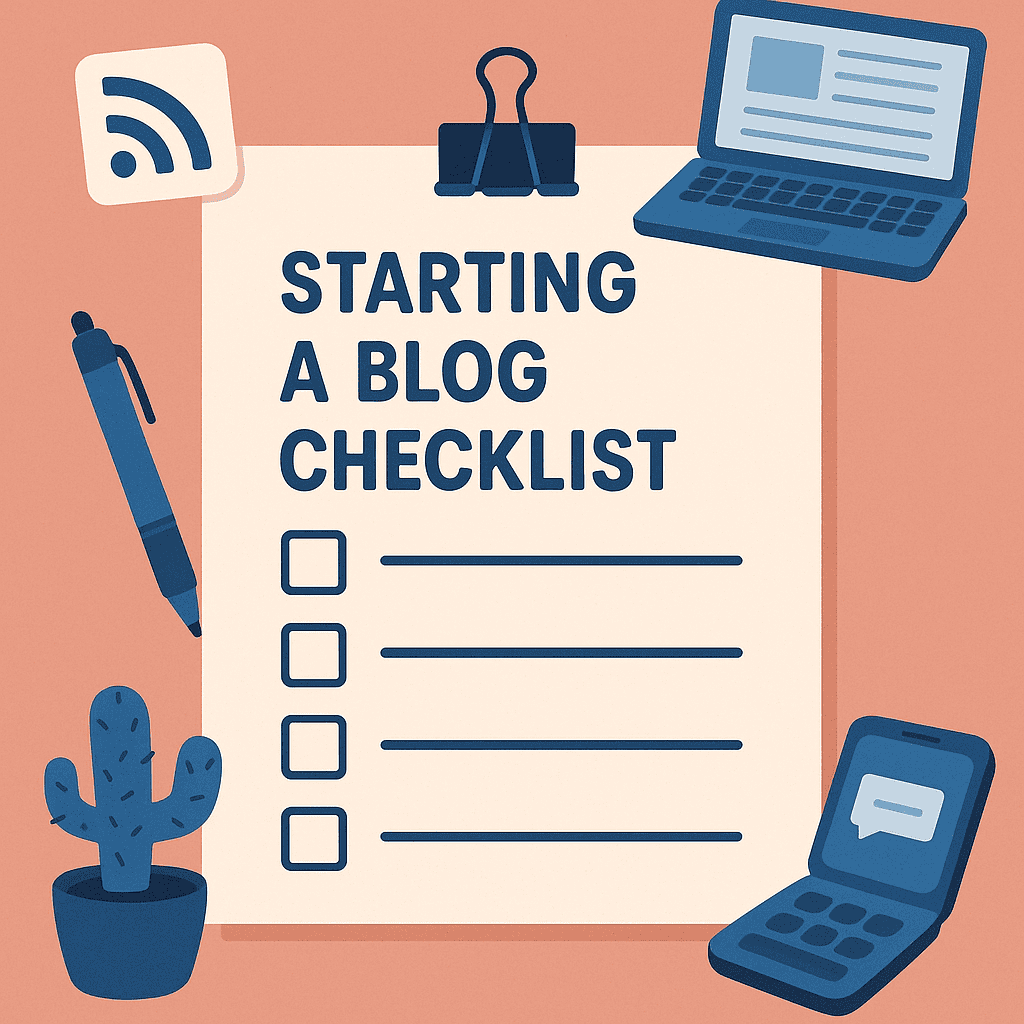


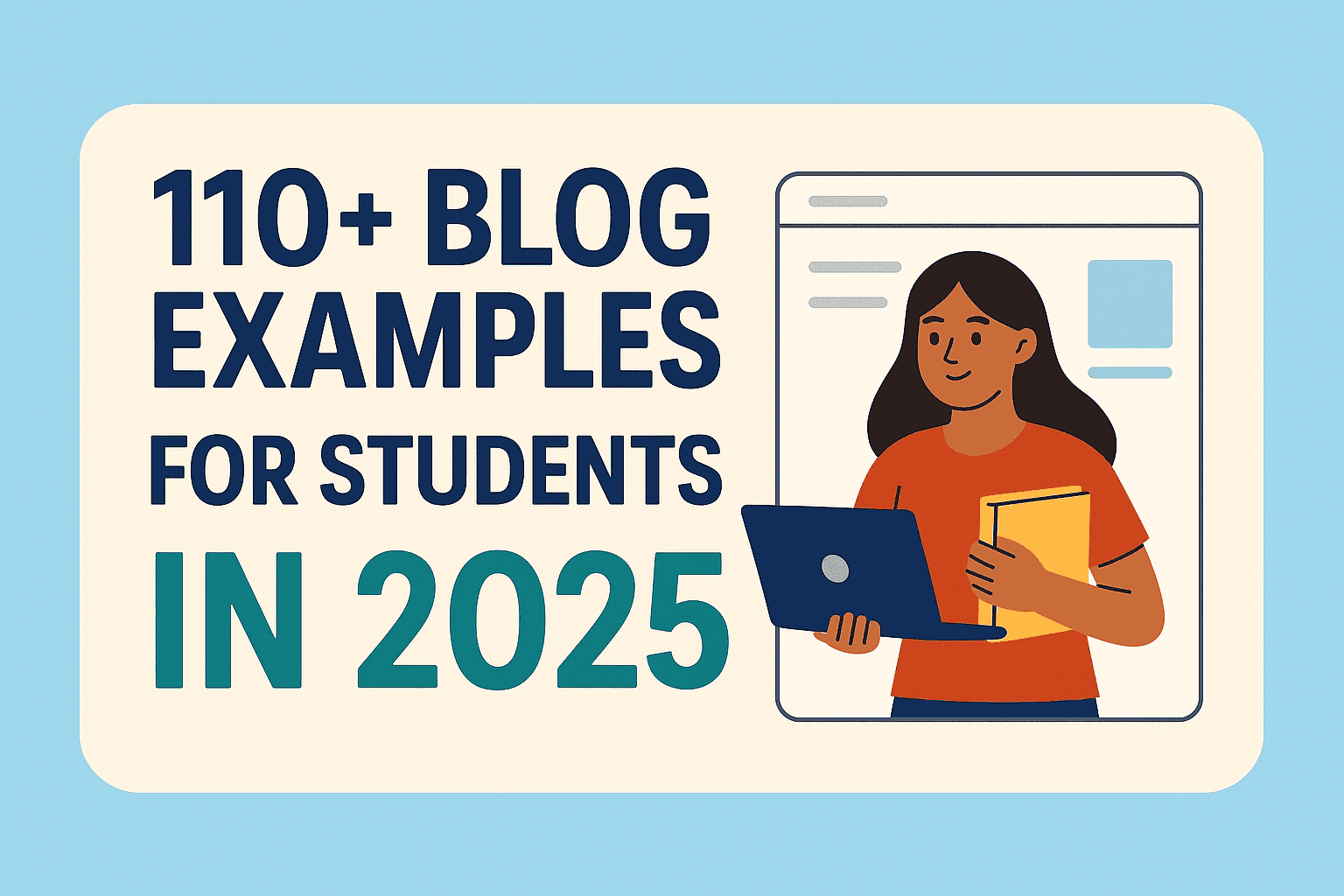







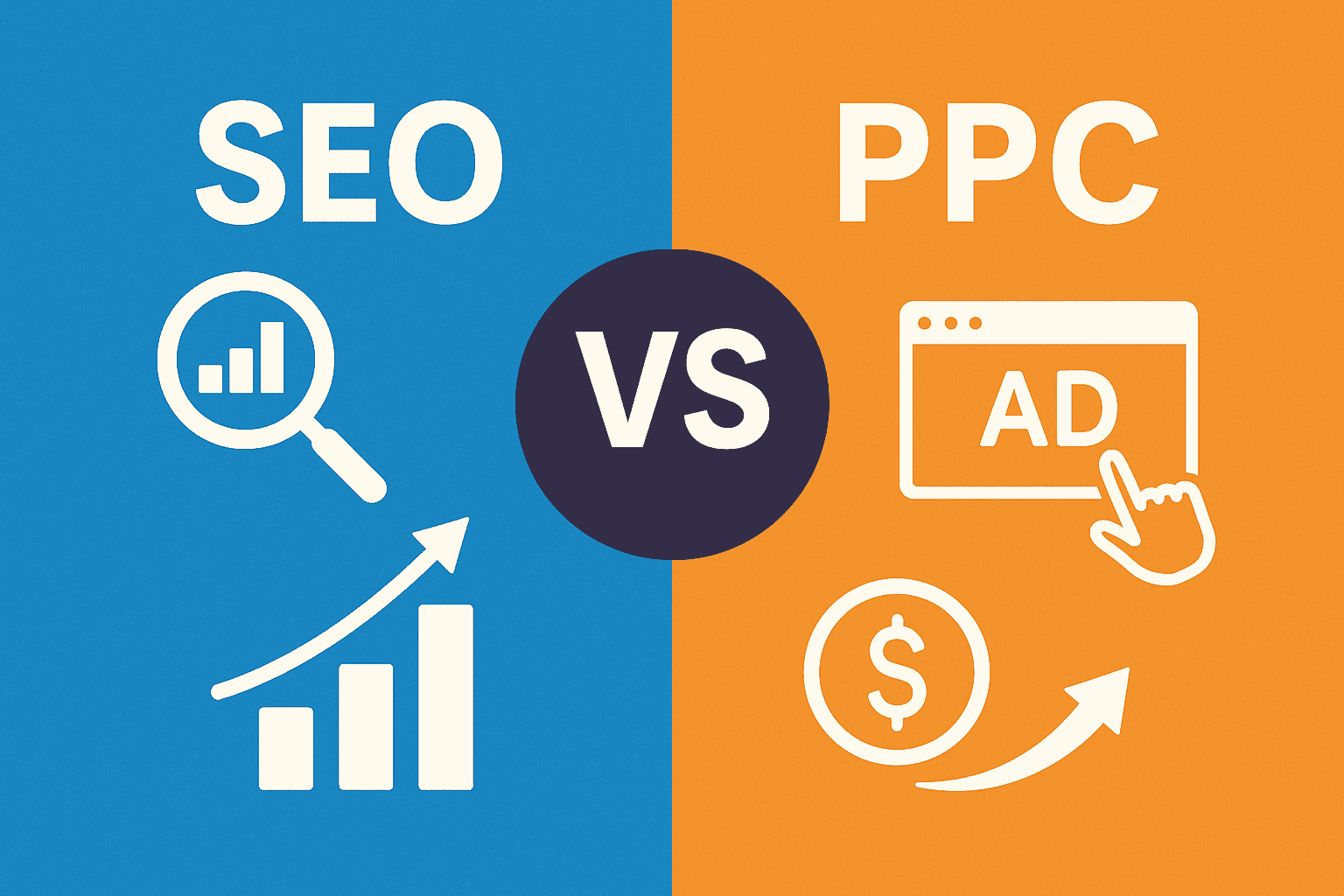






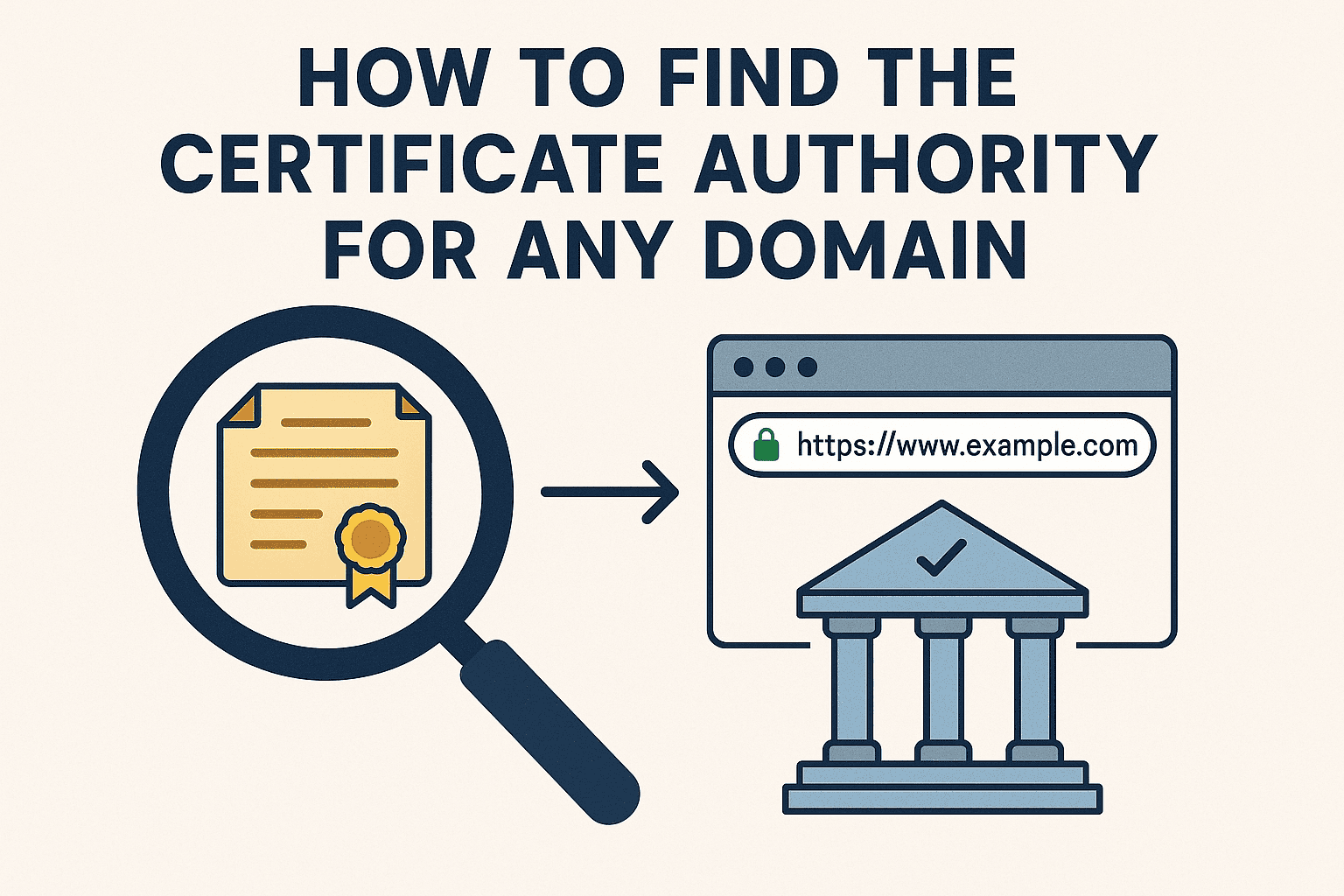






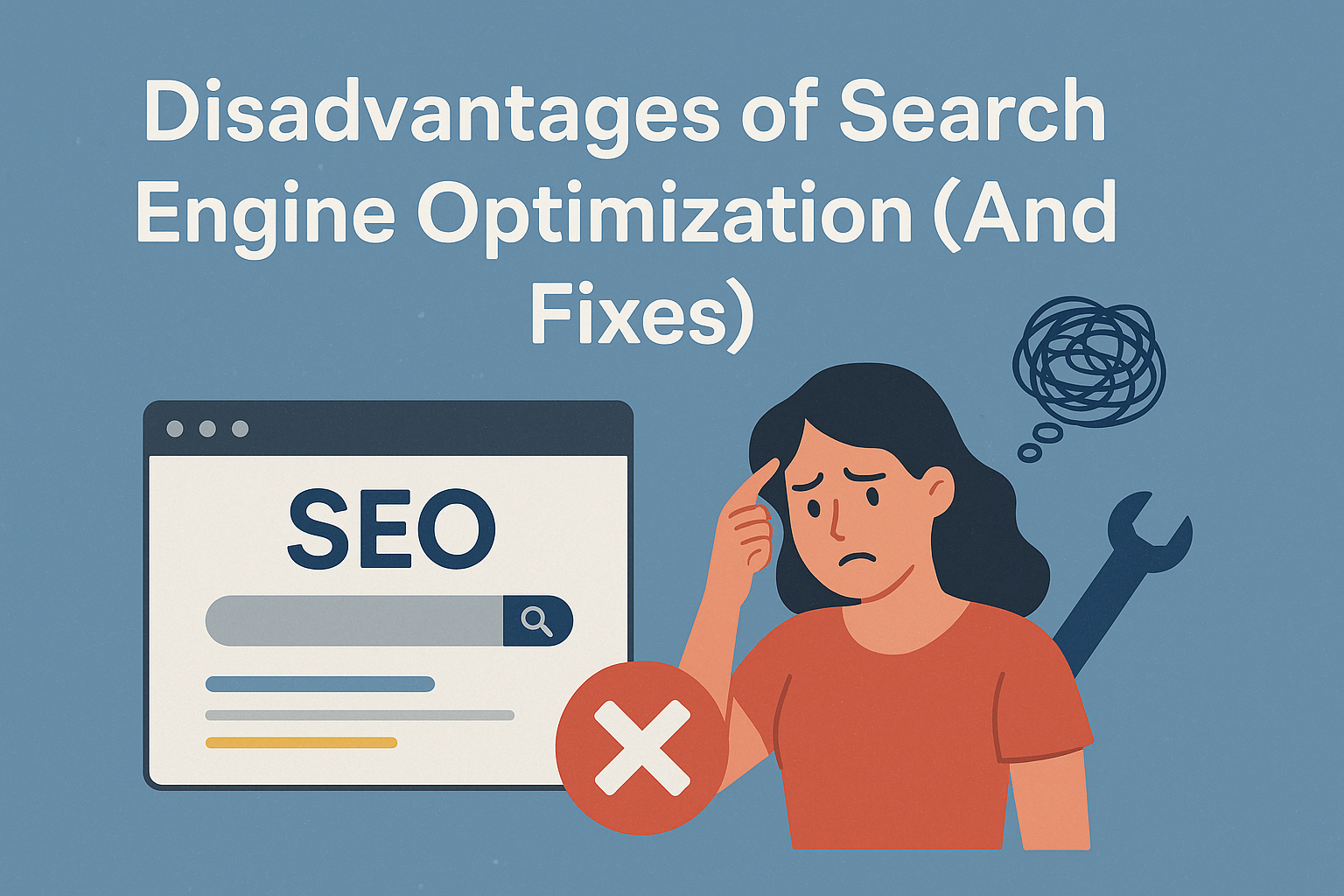

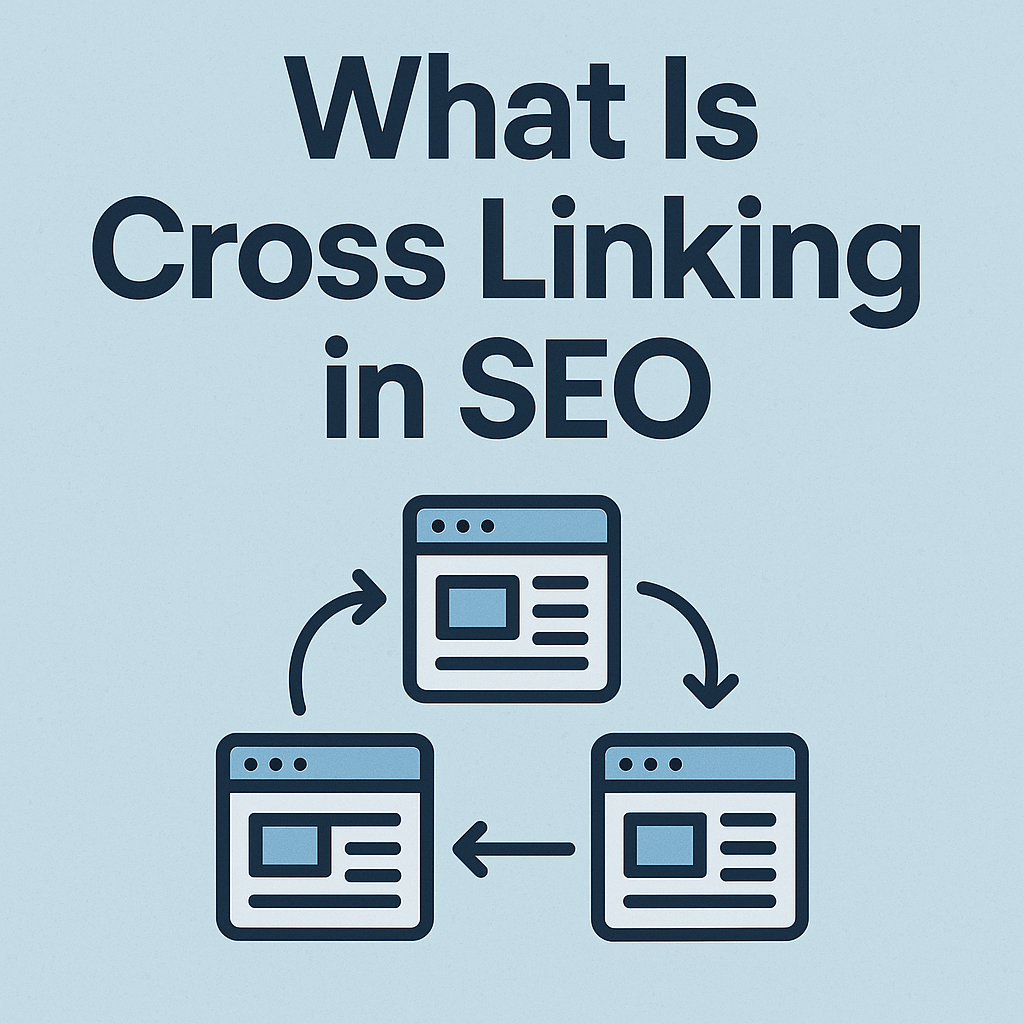

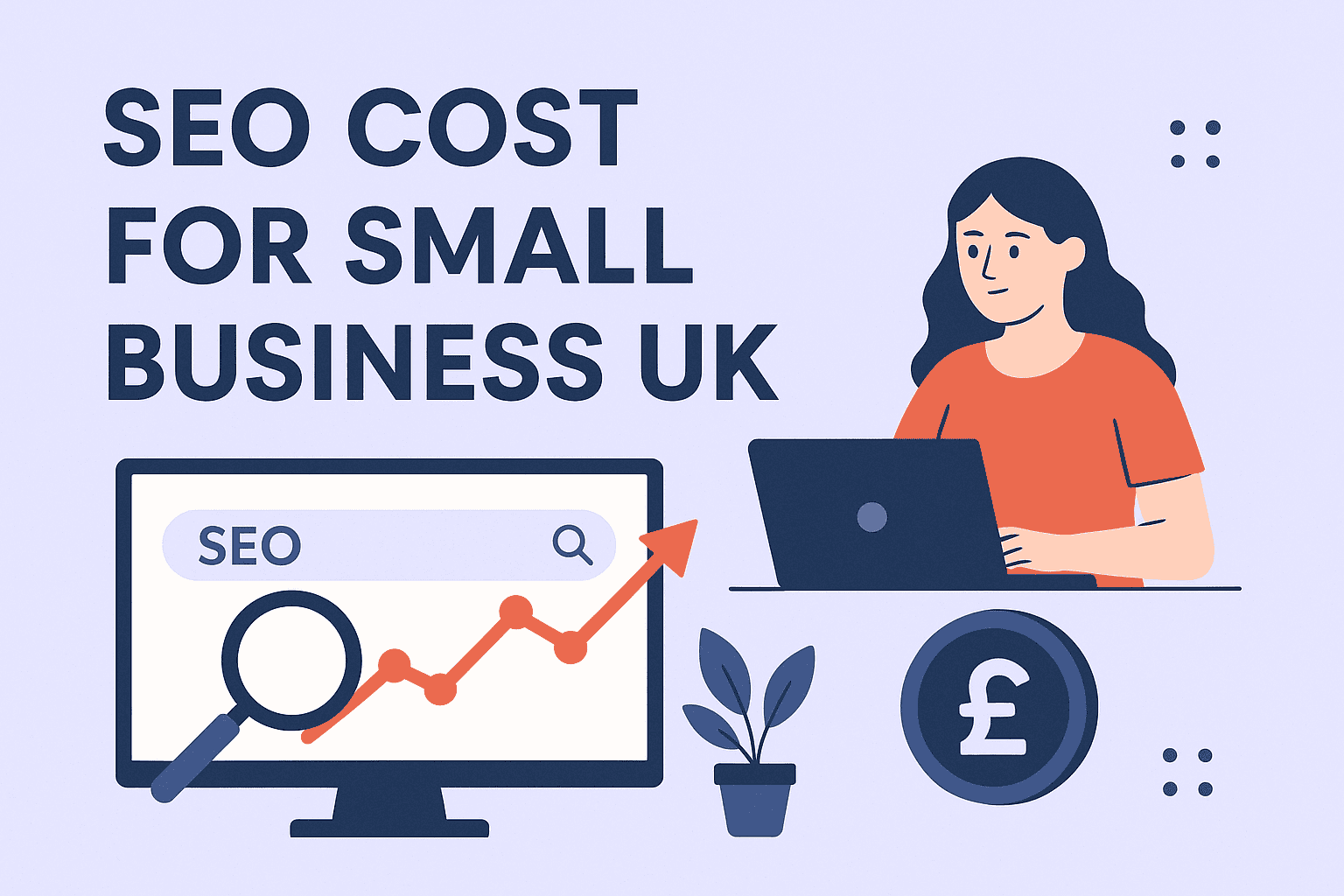

![How Many Outbound Links Per Blog [2025 Updated]](https://backlinkmanagement.io/wp-content/uploads/2025/06/How-Many-Outbound-Links-Per-Blog.png)
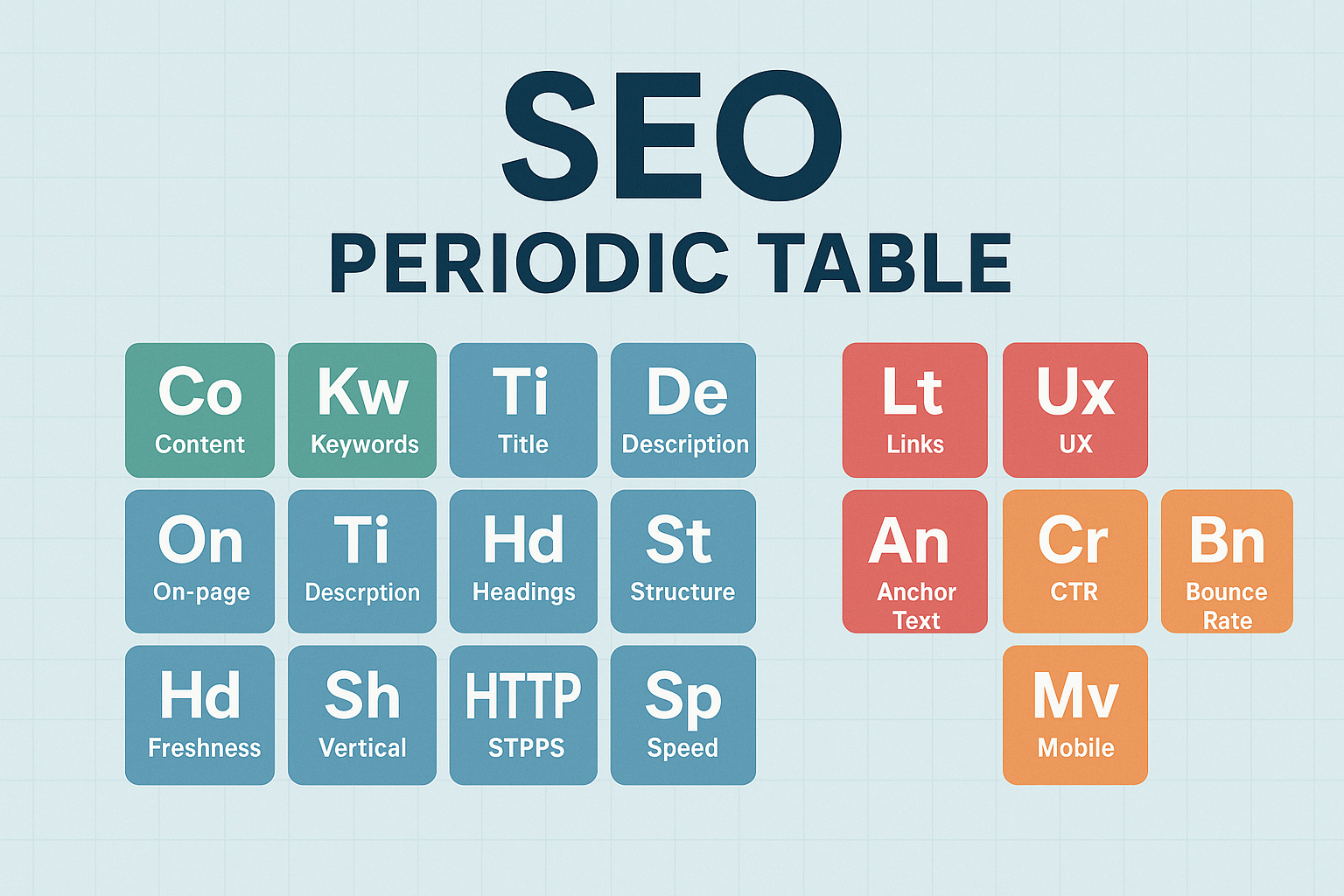

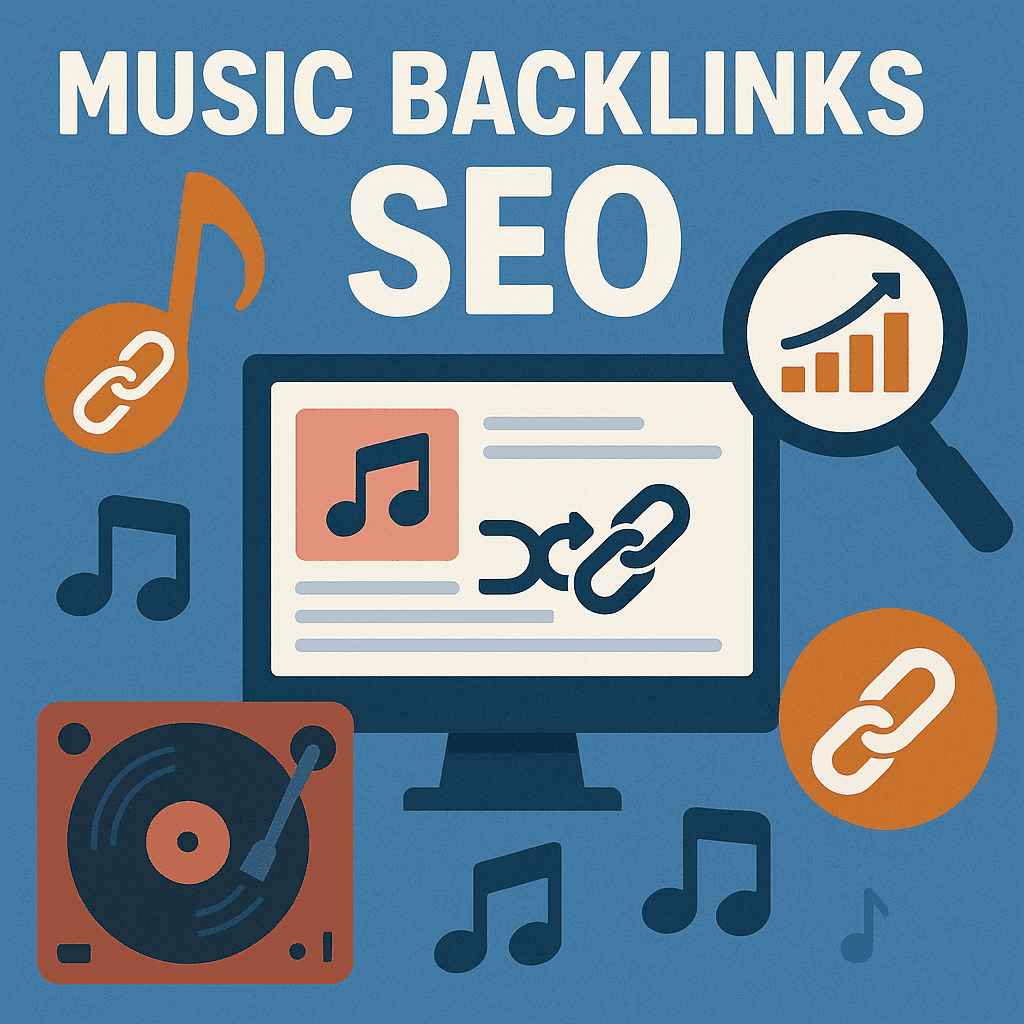
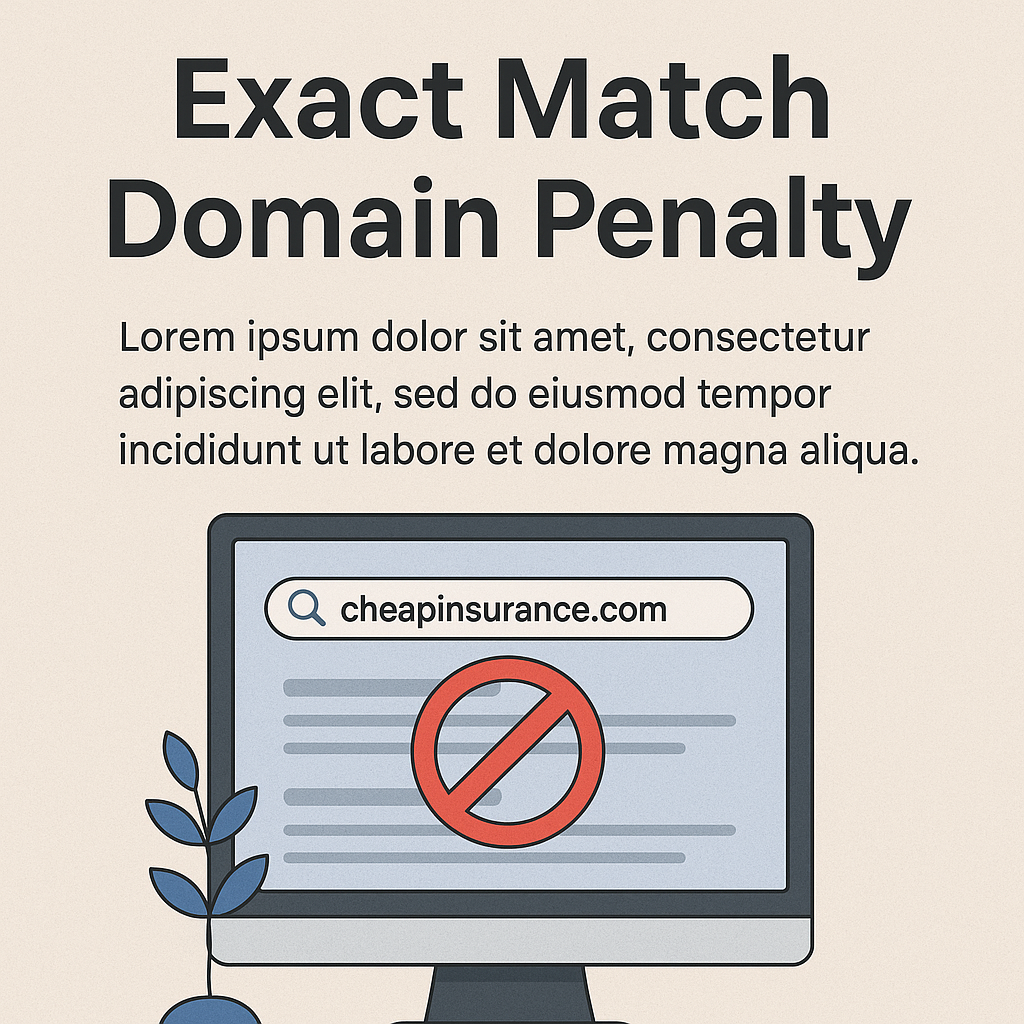
![B2B and B2C Website Examples [2025 Updated]](https://backlinkmanagement.io/wp-content/uploads/2025/05/B2B-and-B2C-Website-Example-.png)
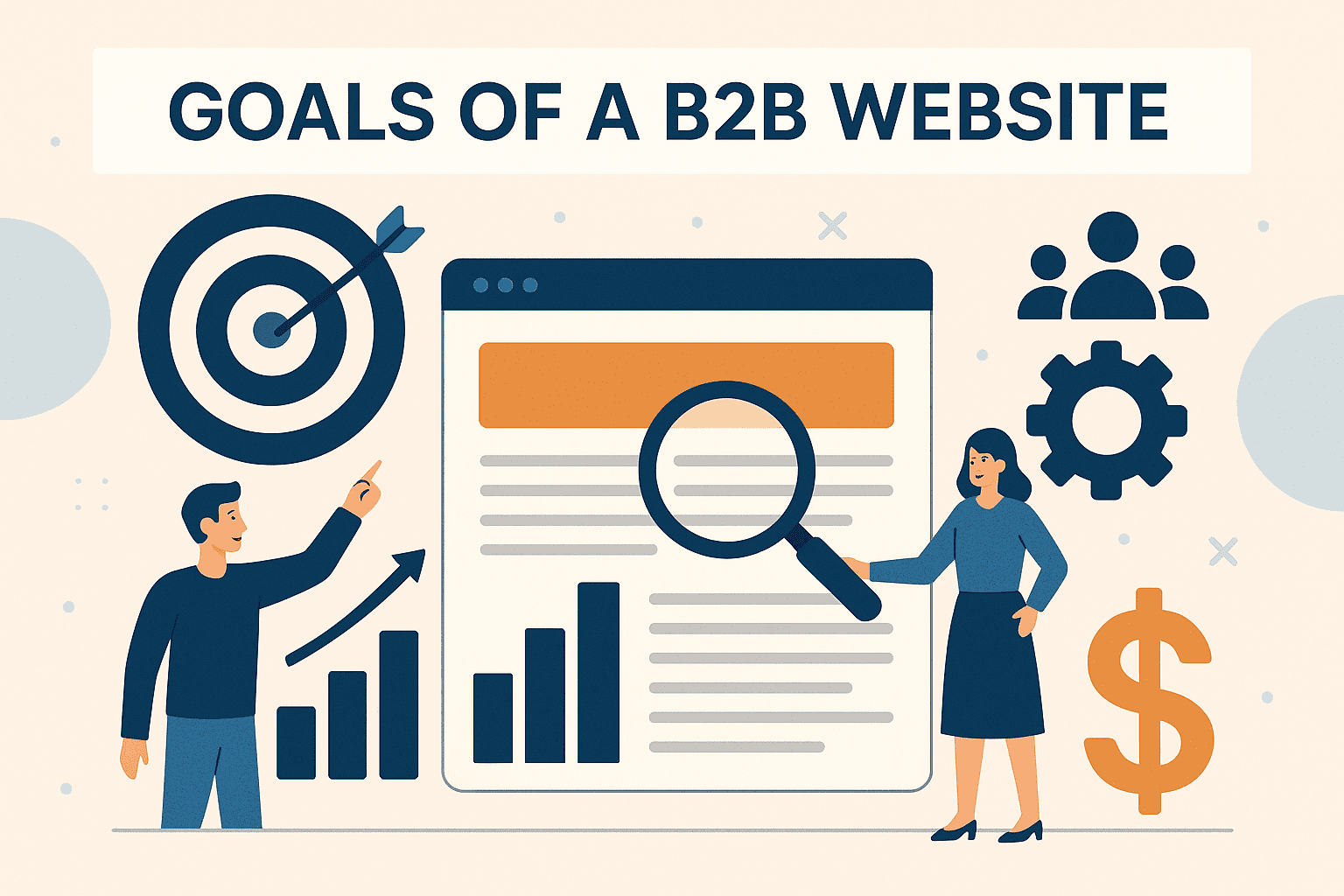

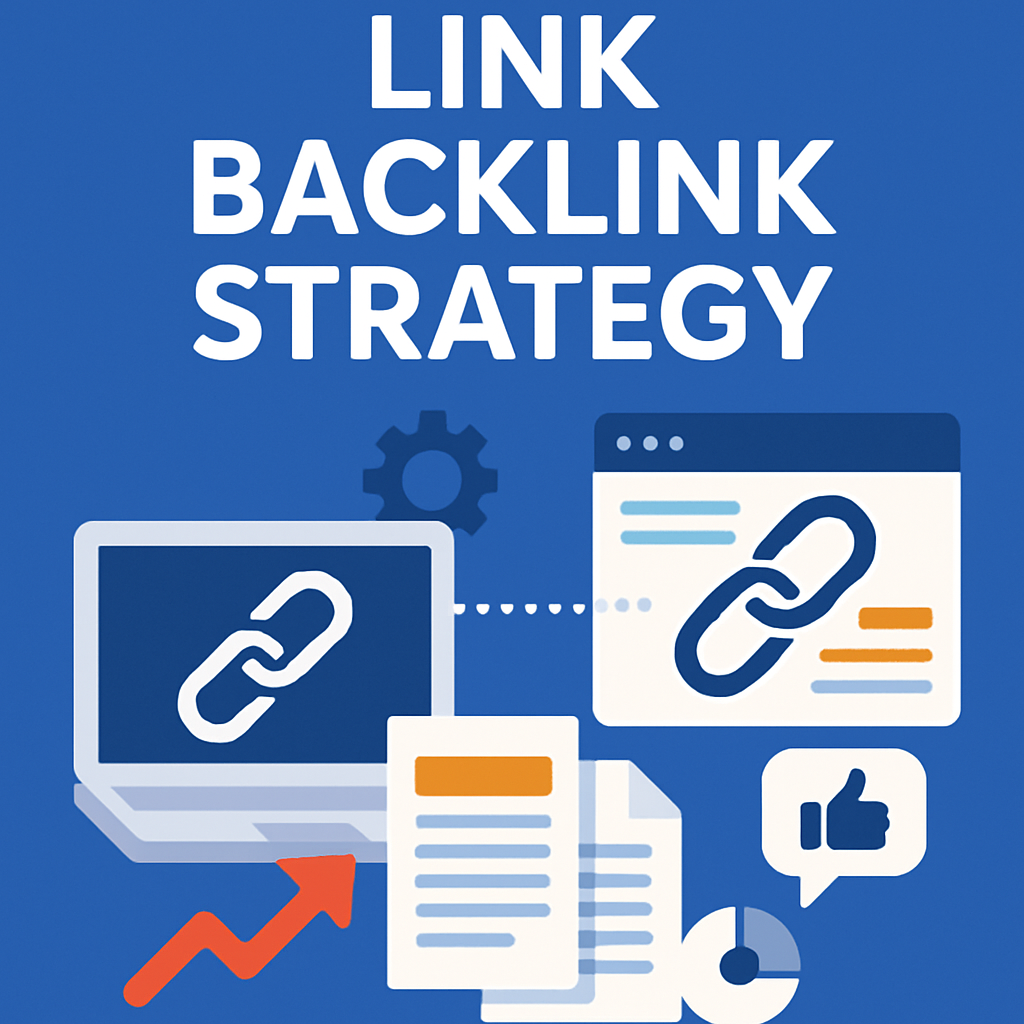
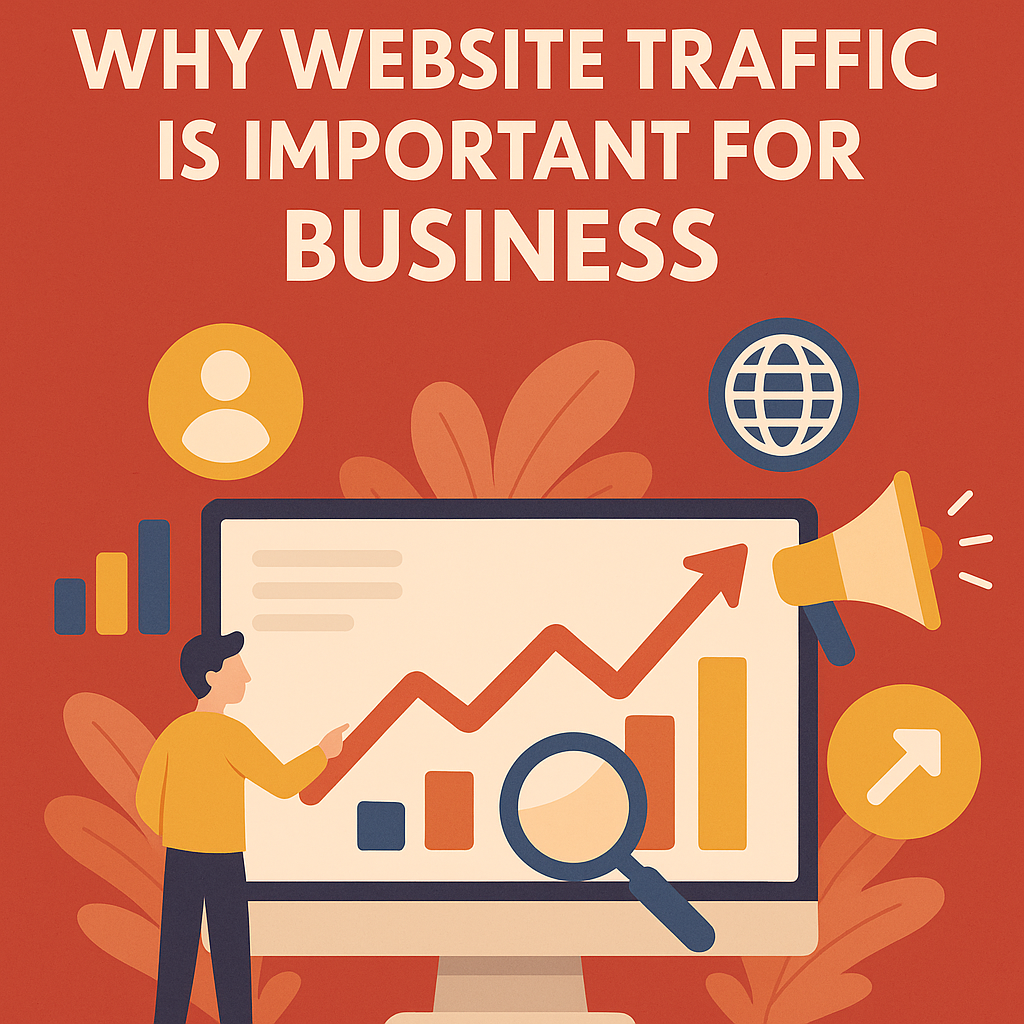

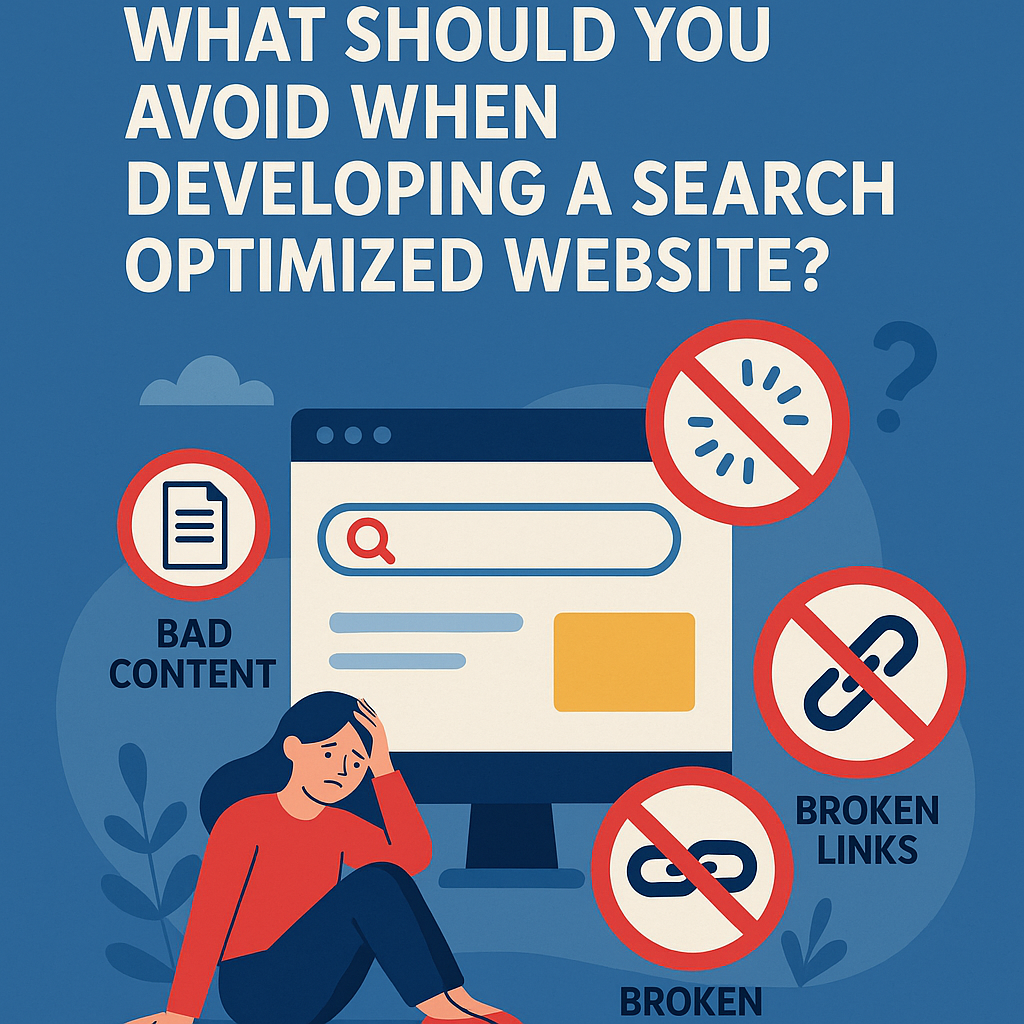


![What To Do After Keyword Research [2025 Guide]](https://backlinkmanagement.io/wp-content/uploads/2025/05/What-To-Do-After-Keyword-Research.png)
![Is Page Speed Really A Ranking Factor? [2025]](https://backlinkmanagement.io/wp-content/uploads/2025/05/Is-Page-Speed-Really-A-Ranking-Factor.png)
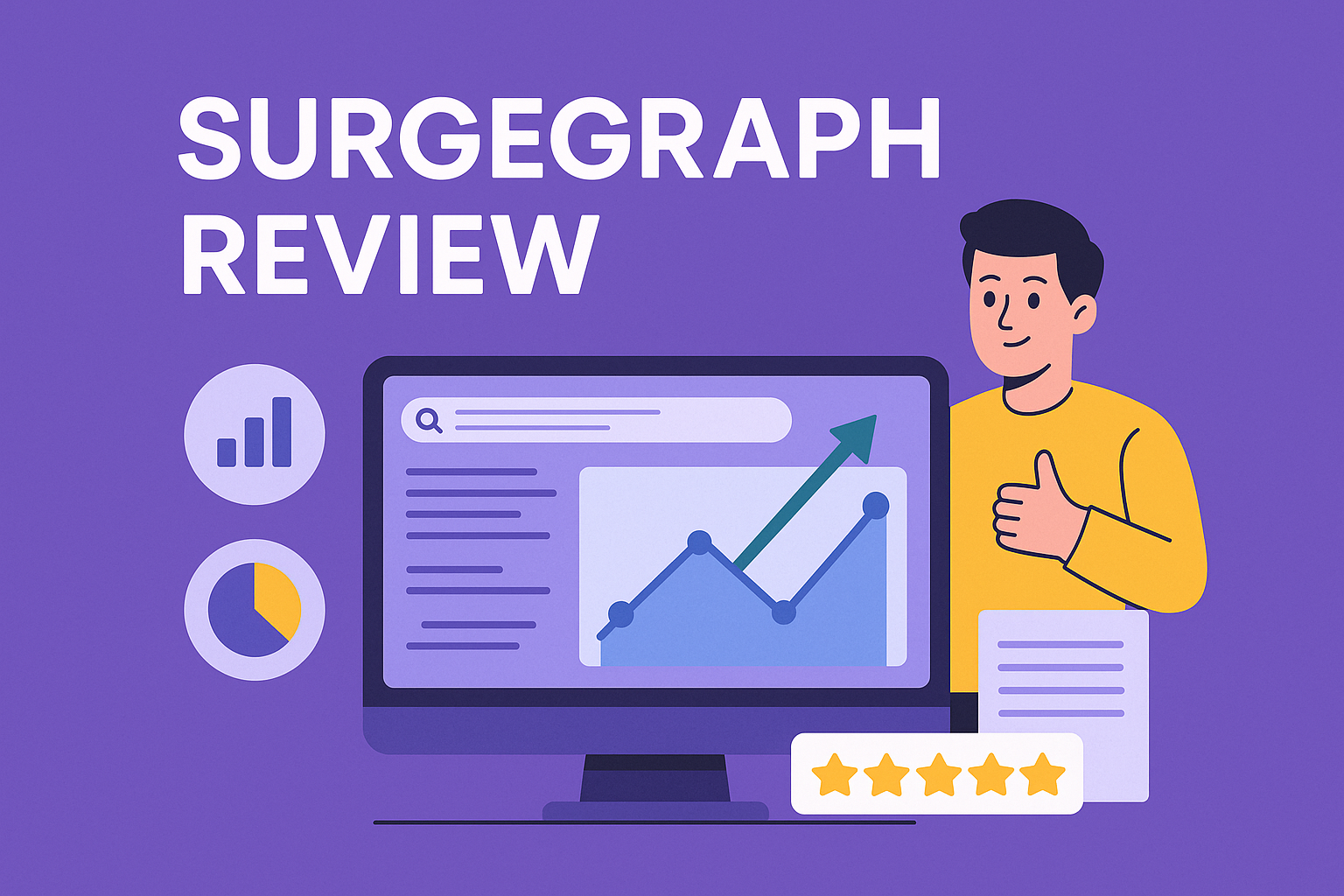







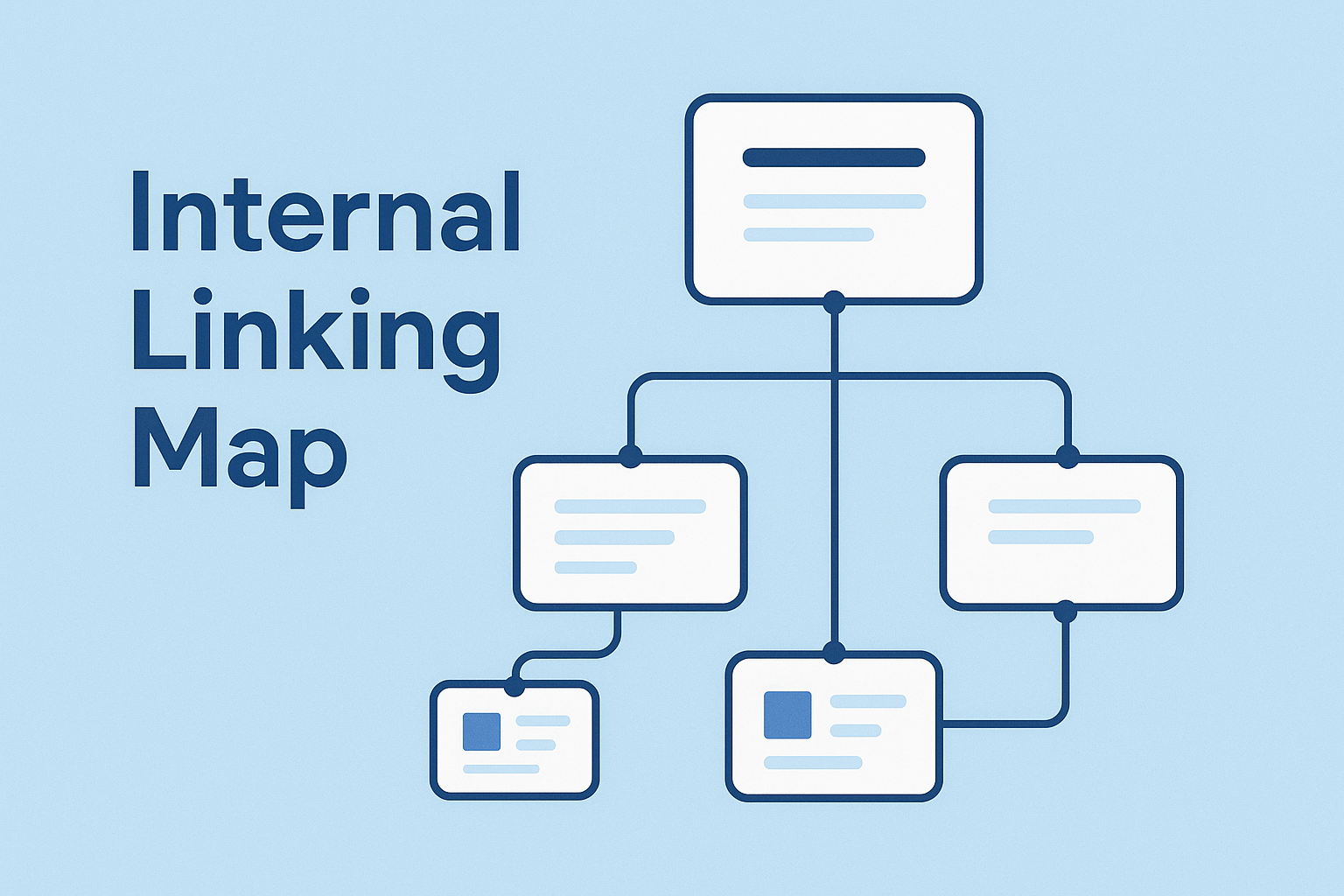

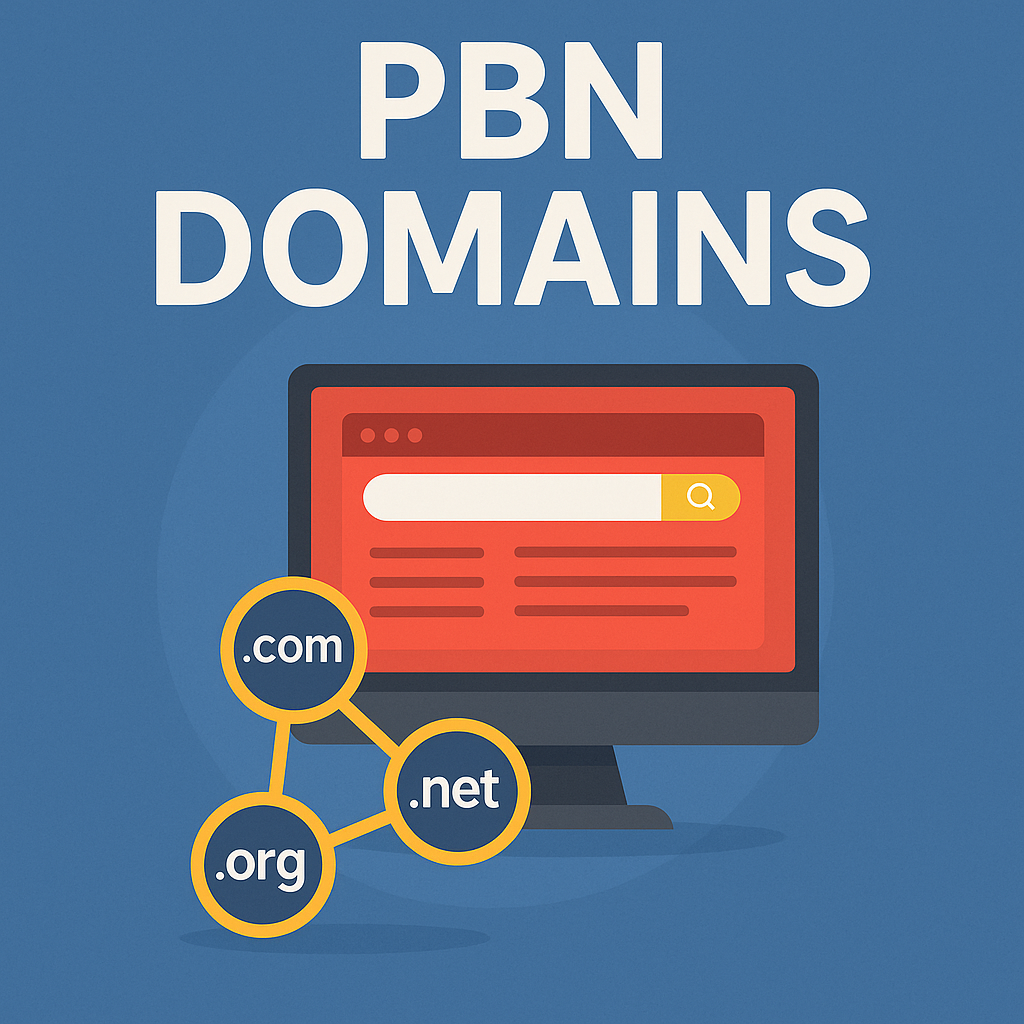
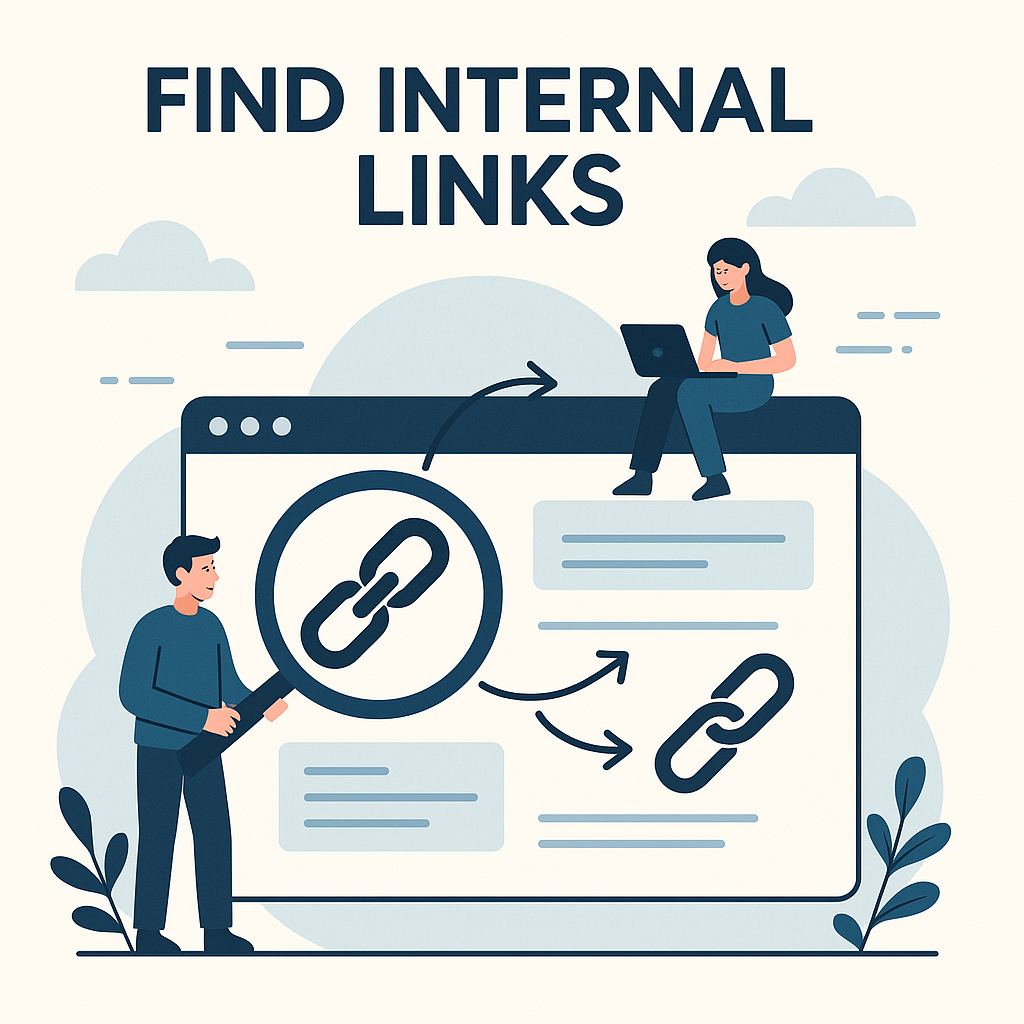
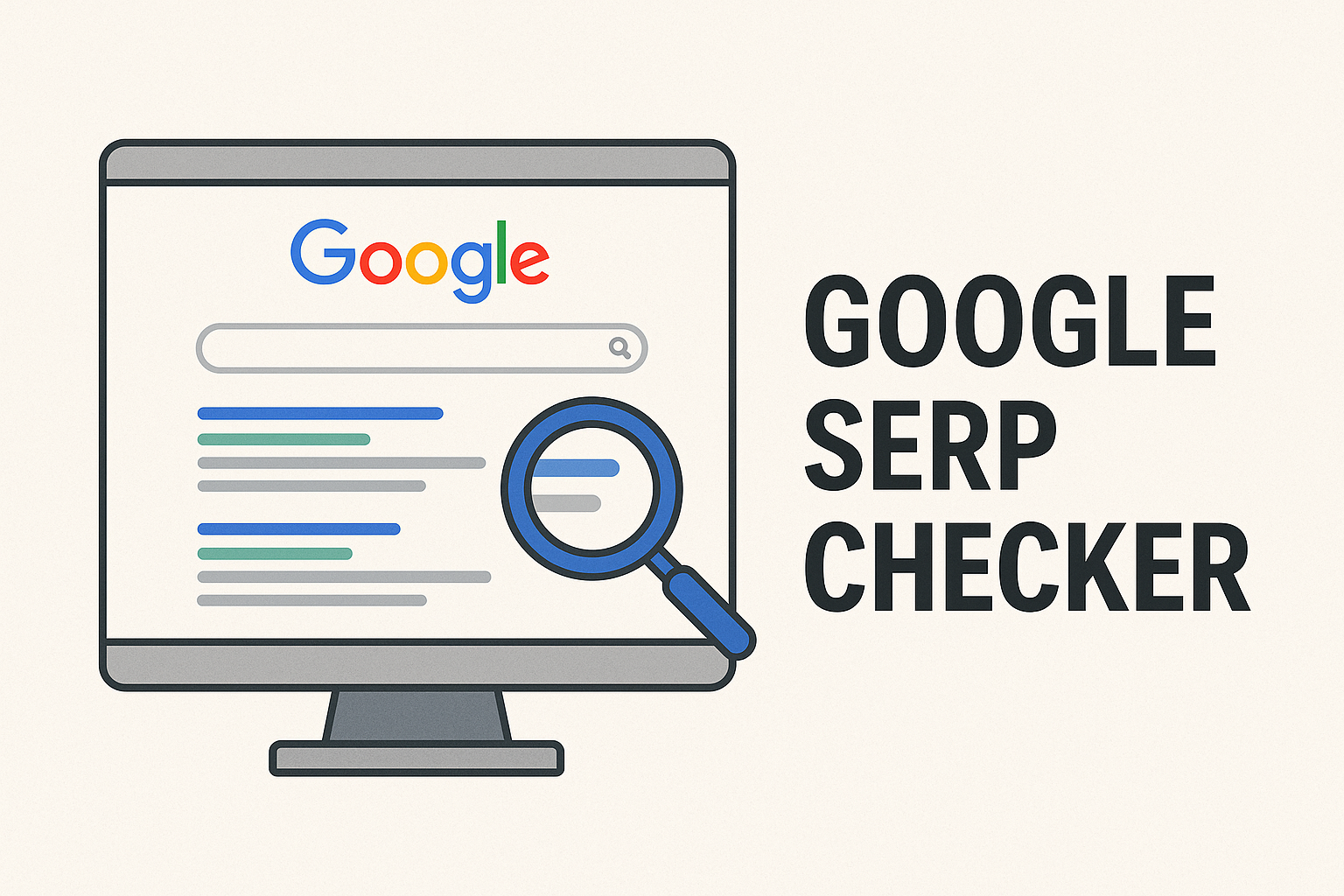
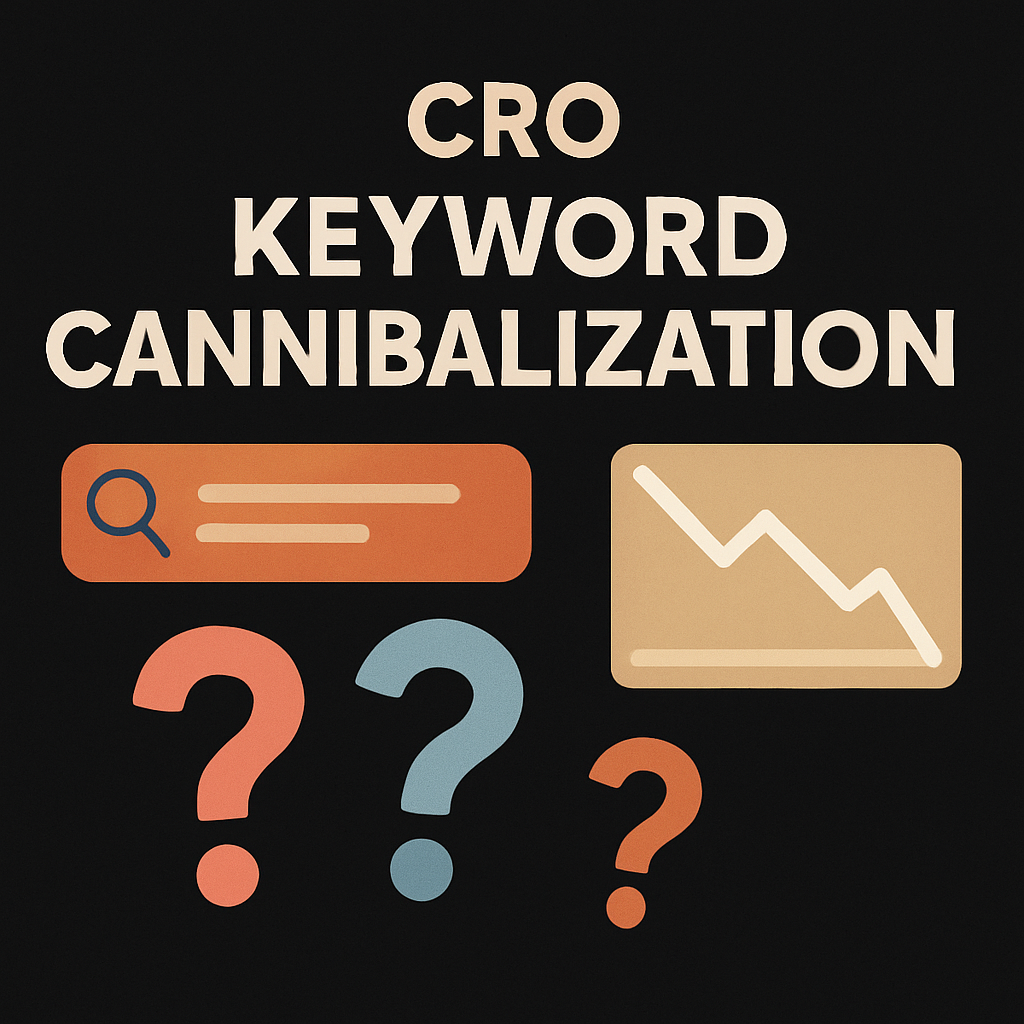


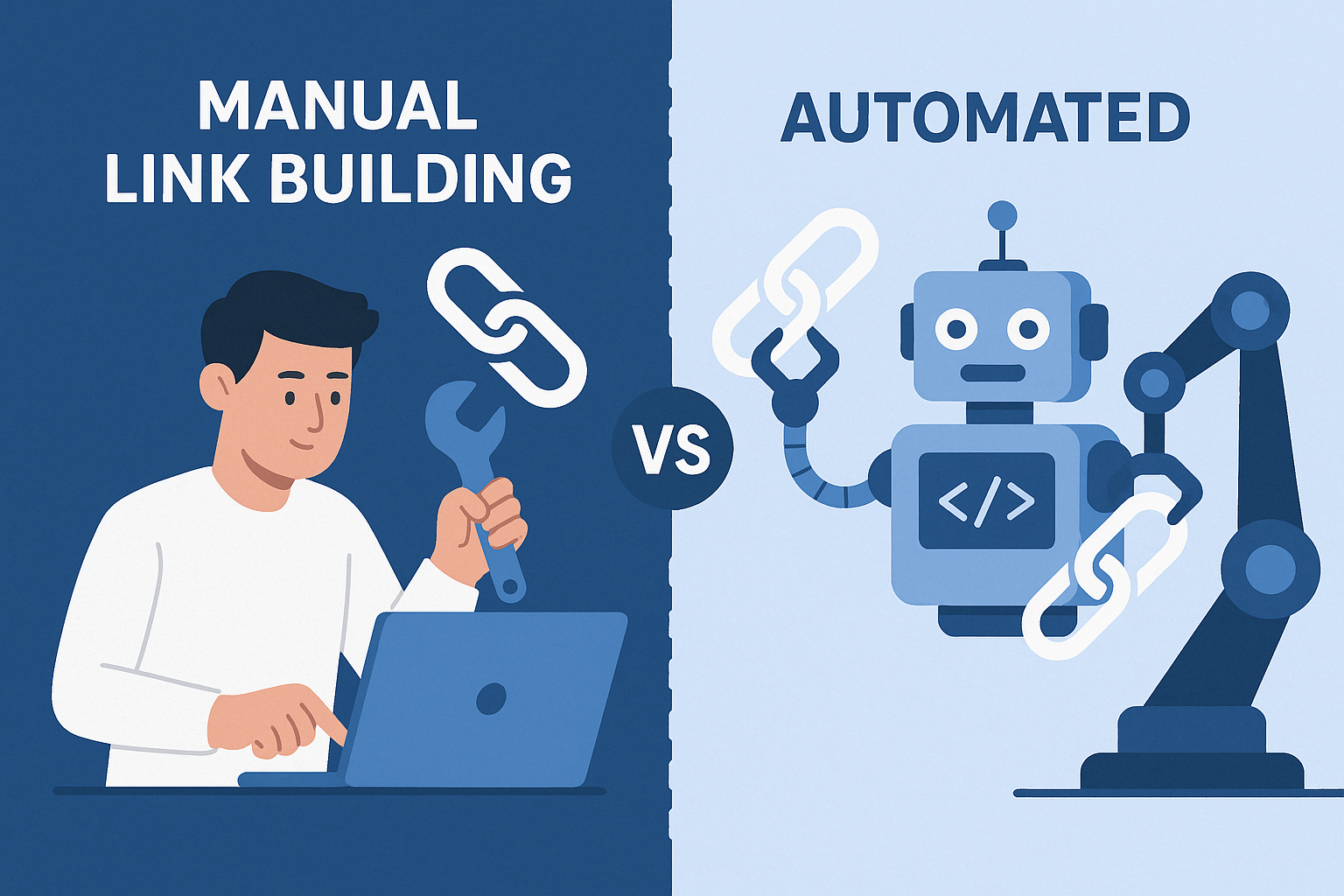



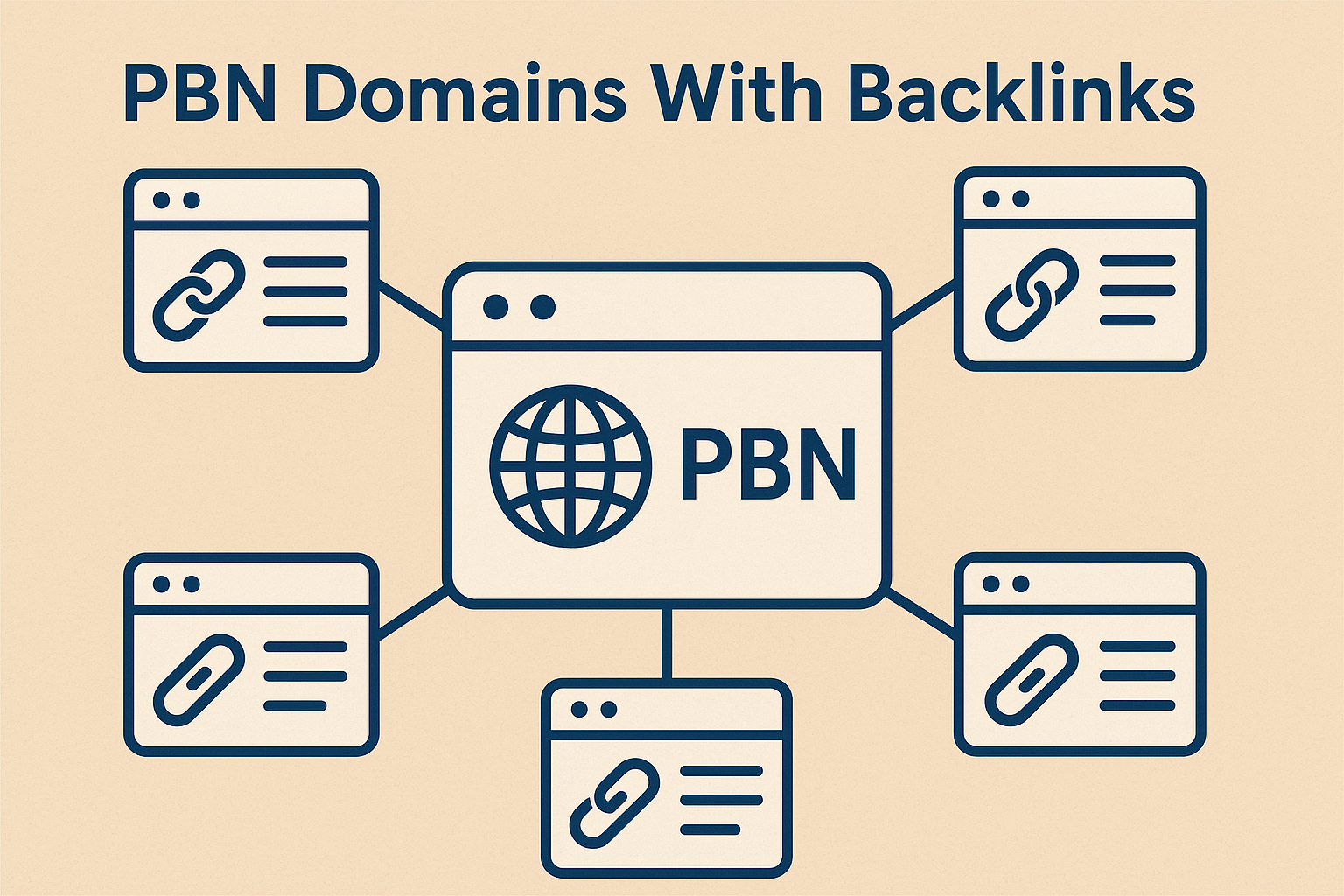
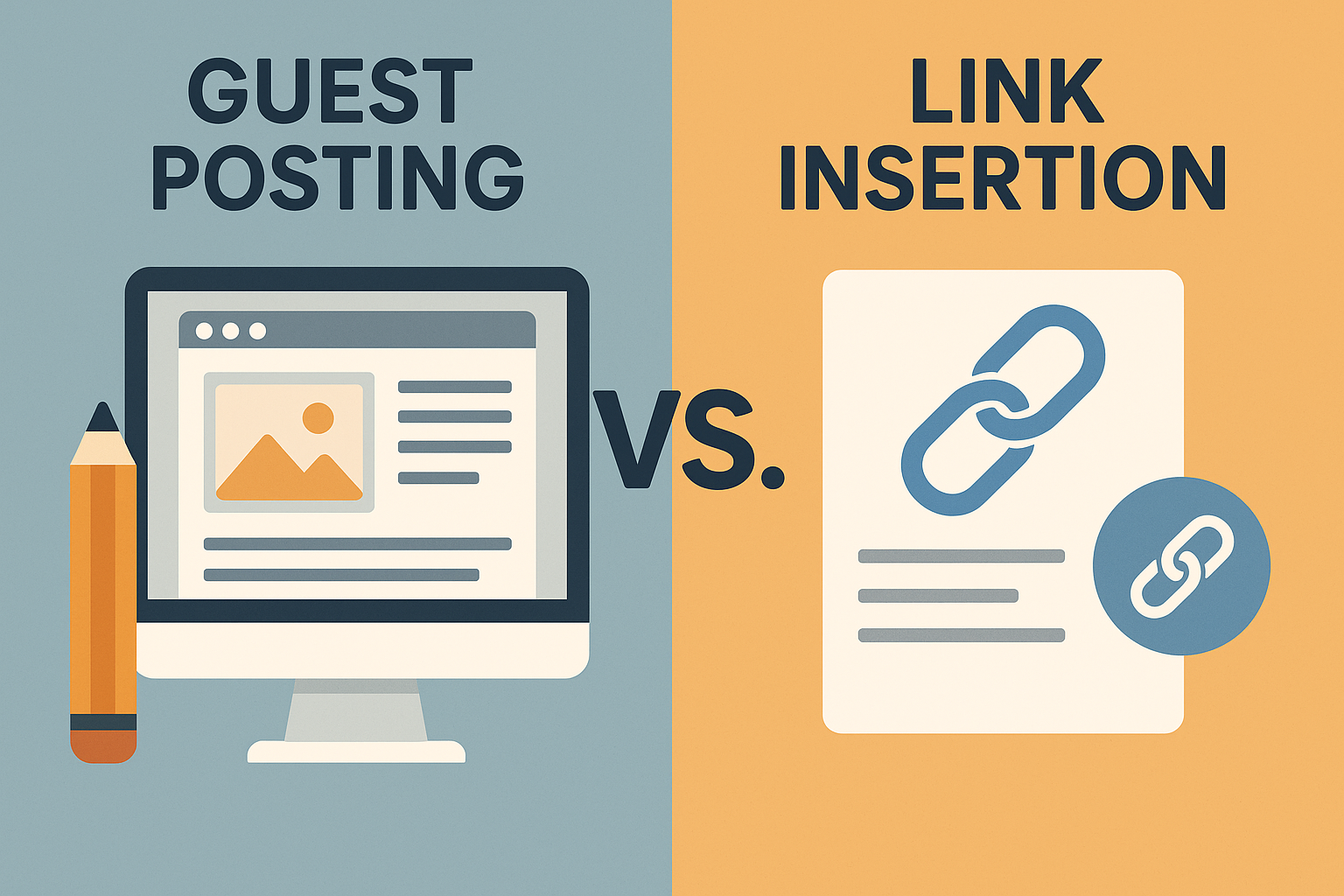
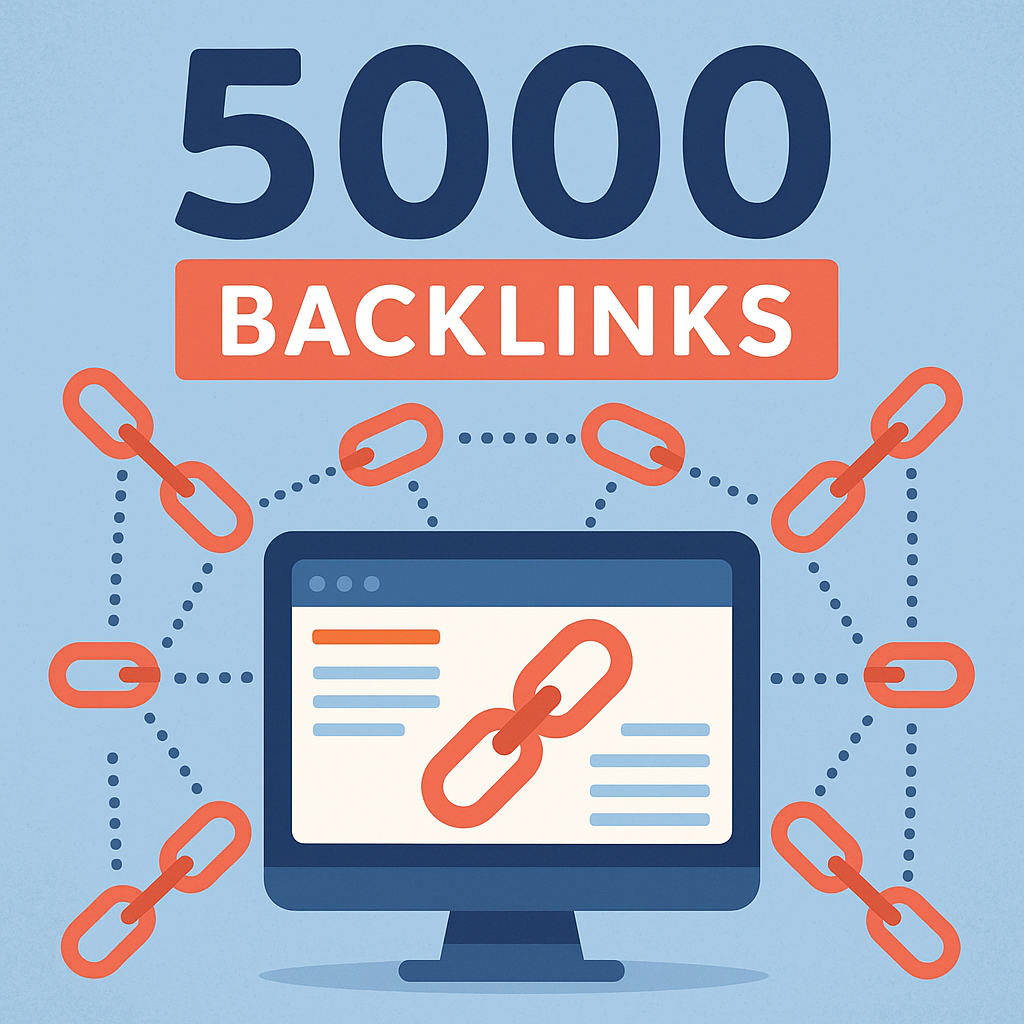
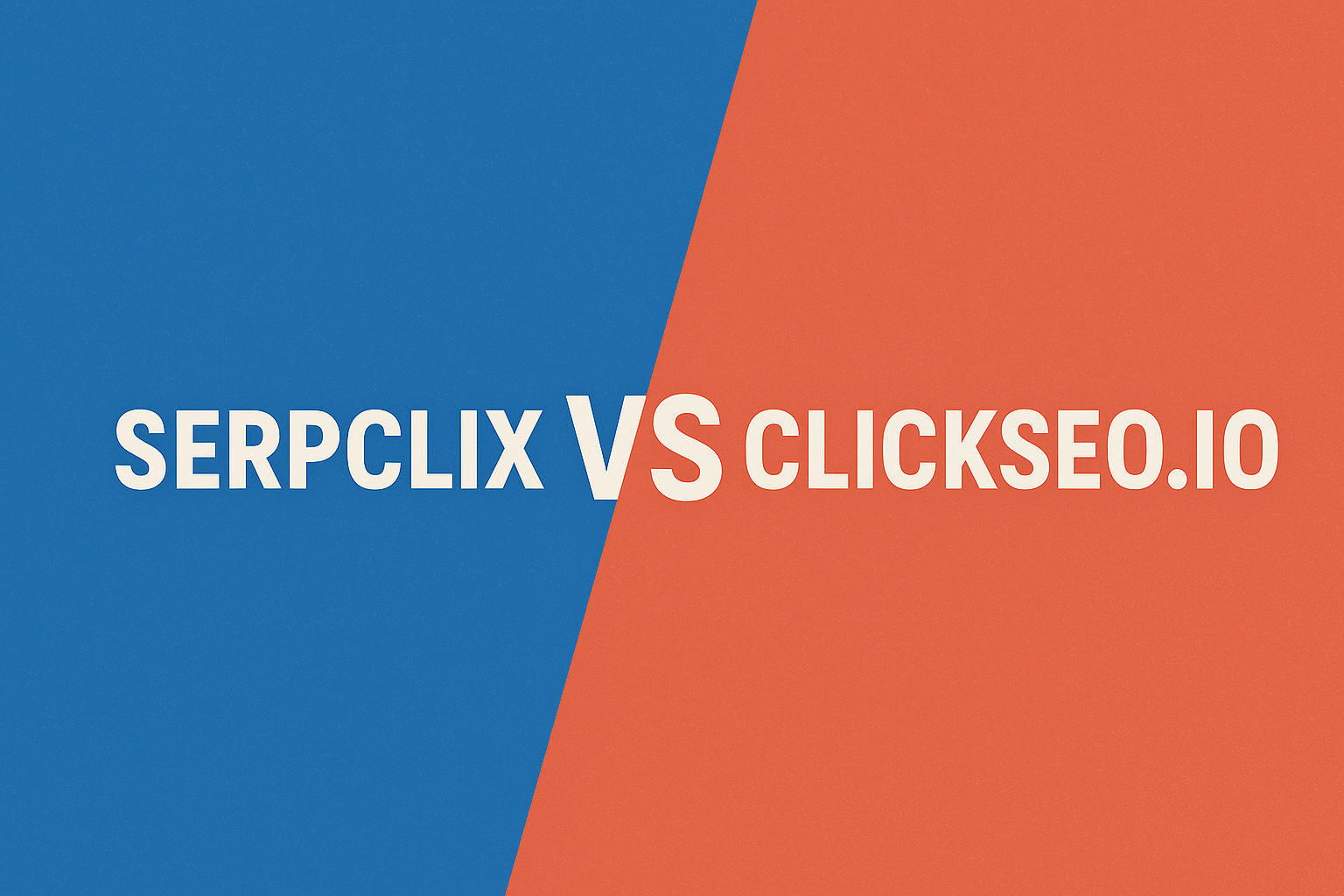

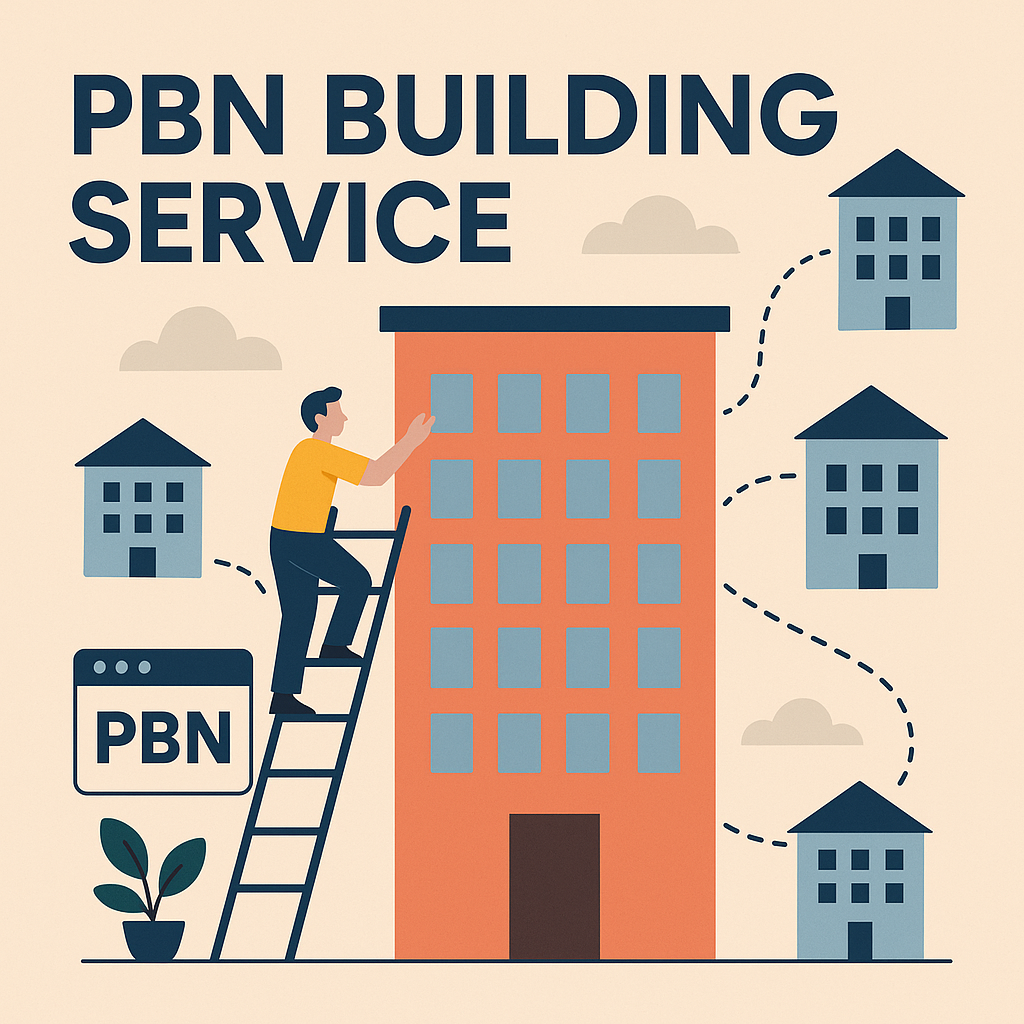
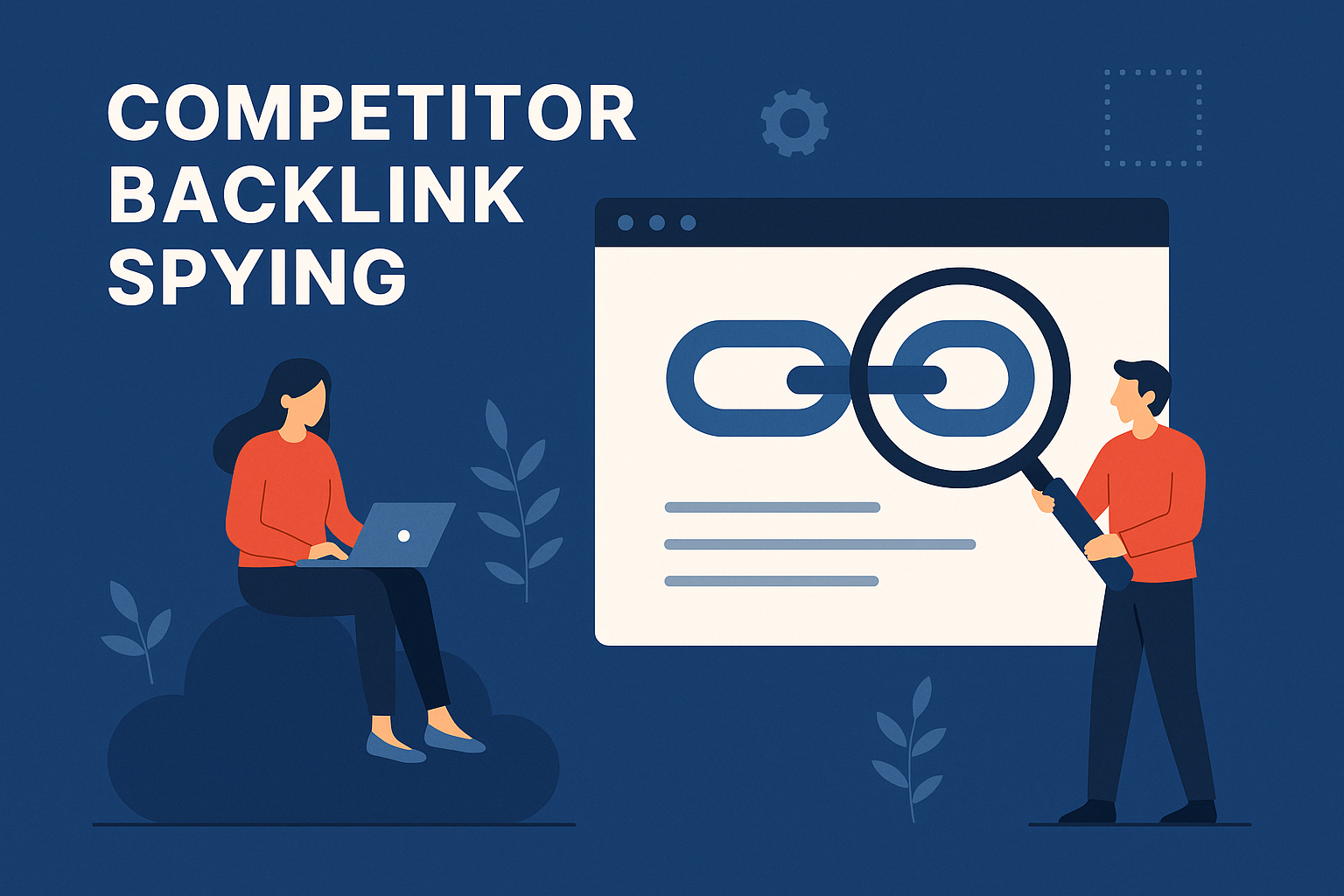


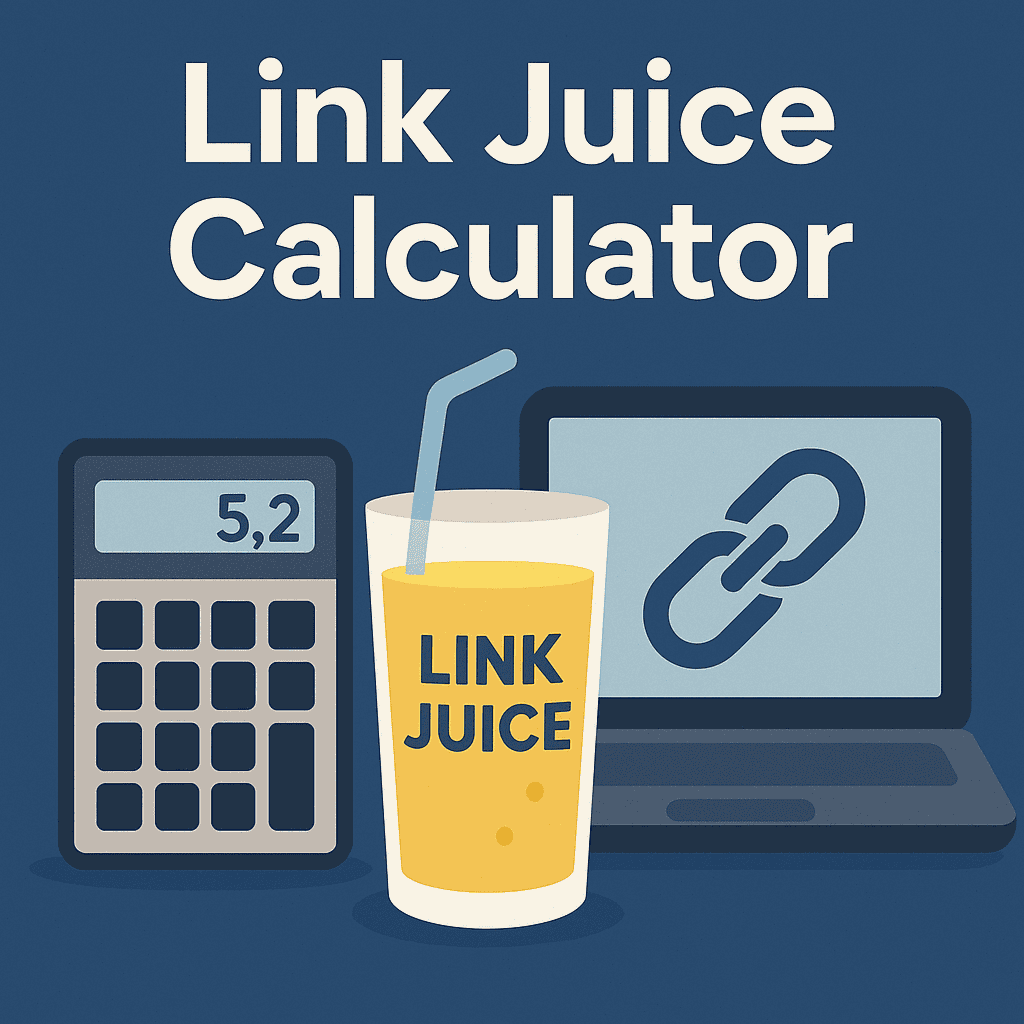


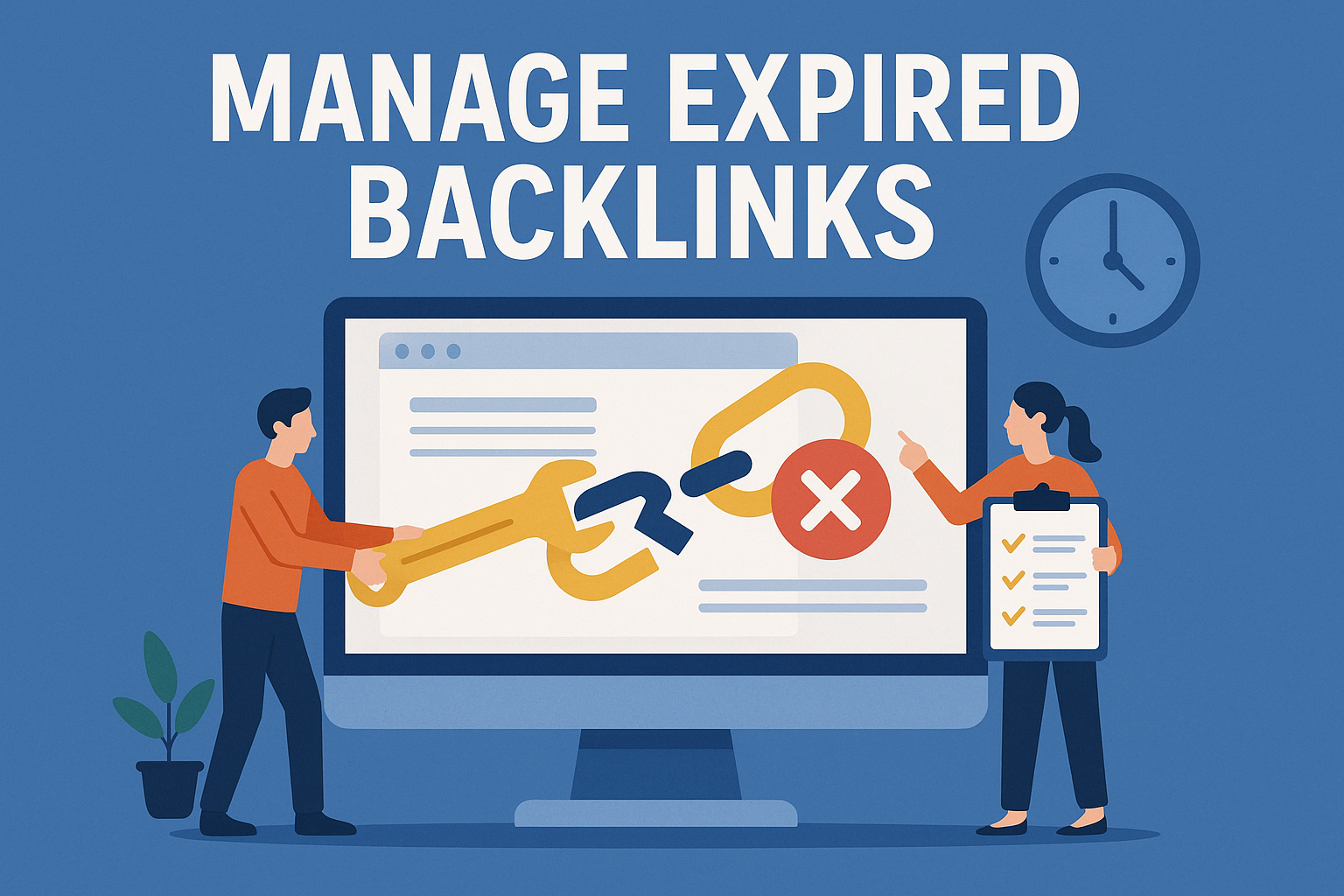

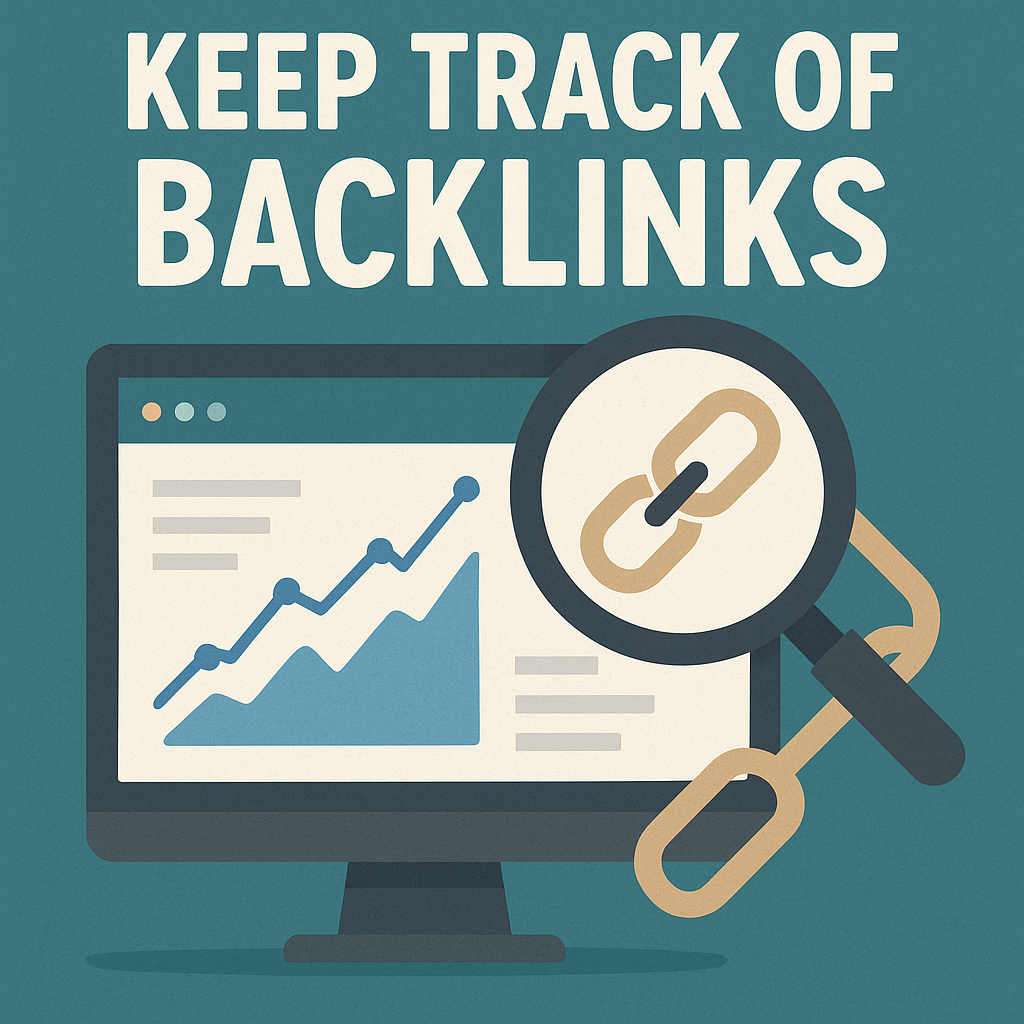
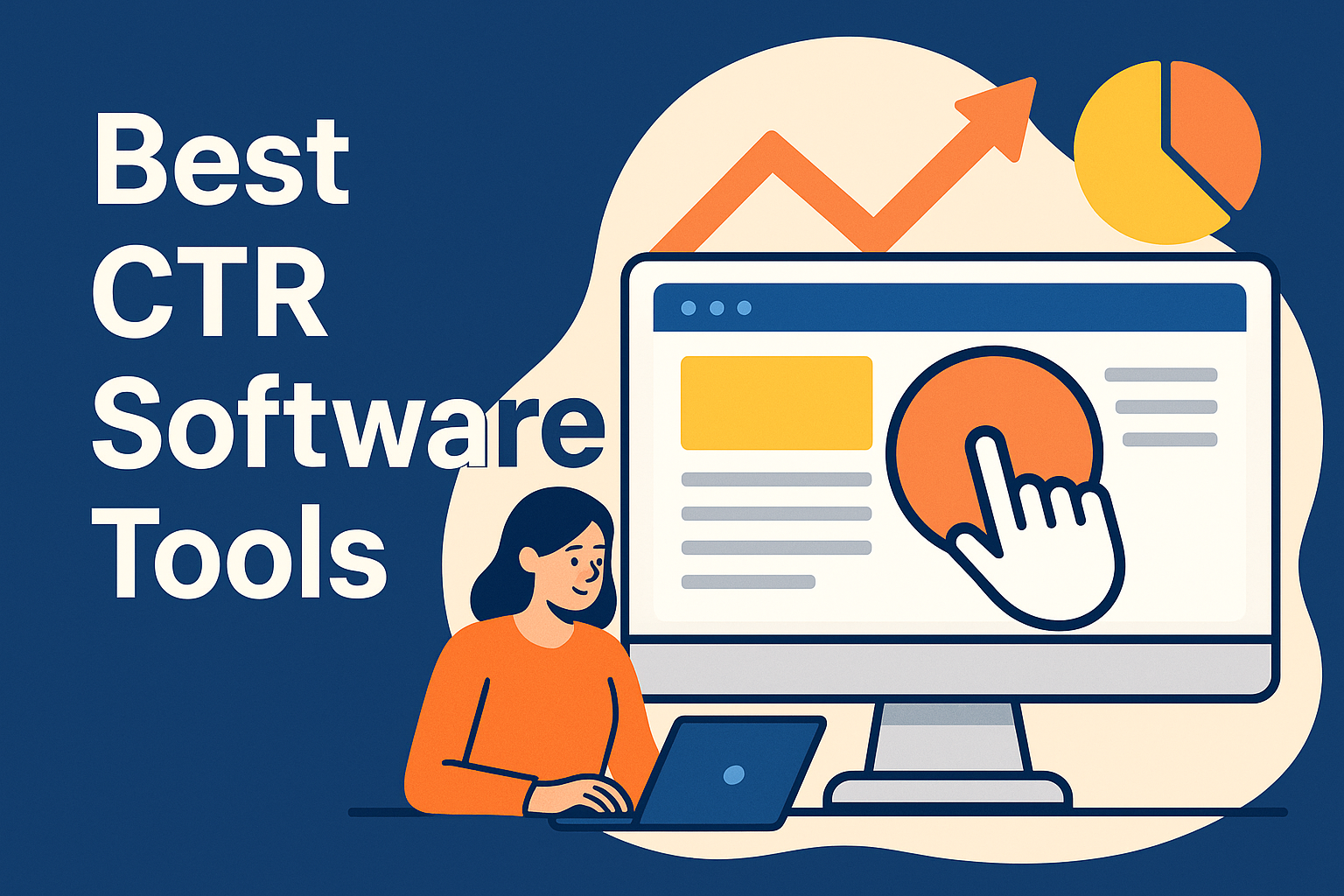
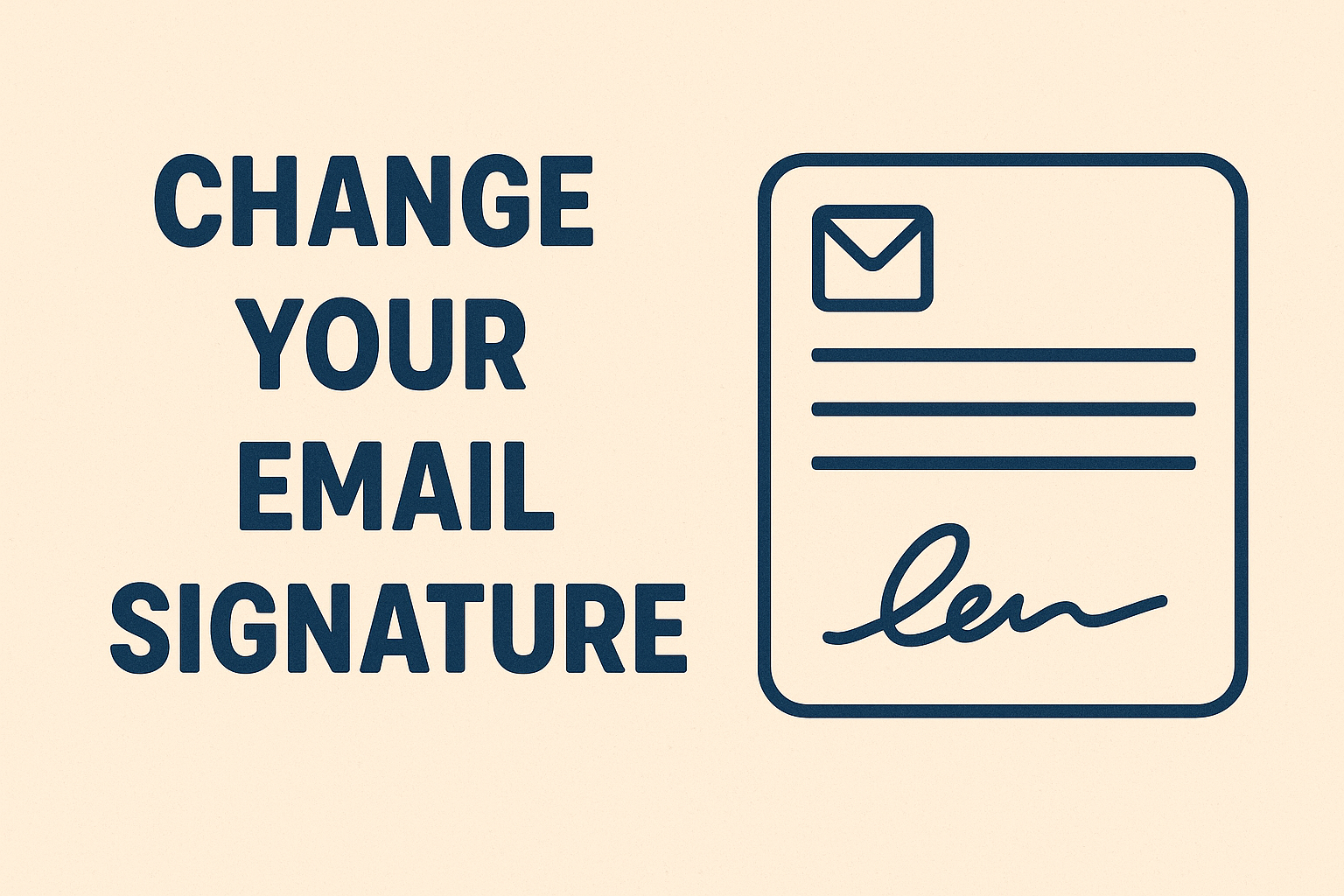
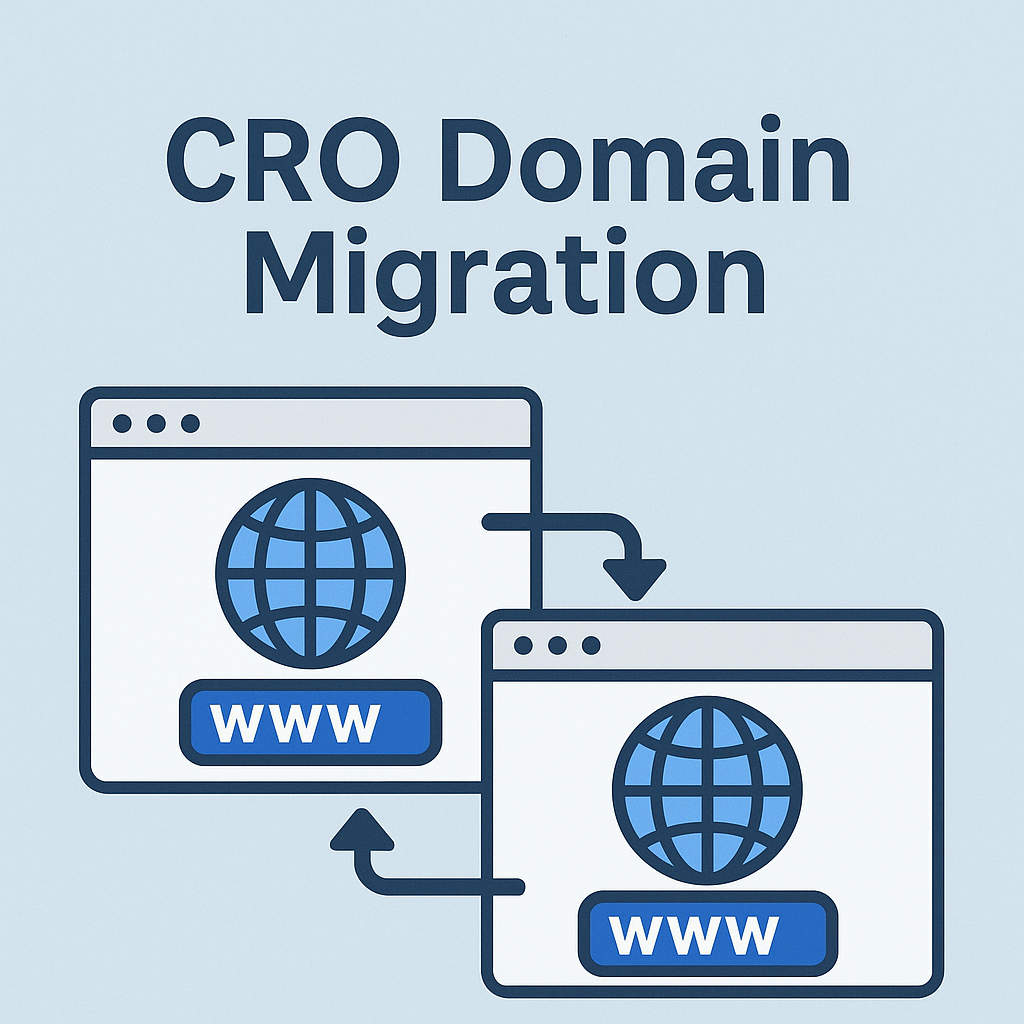


![Best Link Exchange Sites [Free & Safe] – Top 5 Picks](https://backlinkmanagement.io/wp-content/uploads/2025/04/Free-Link-Exchange.png)


